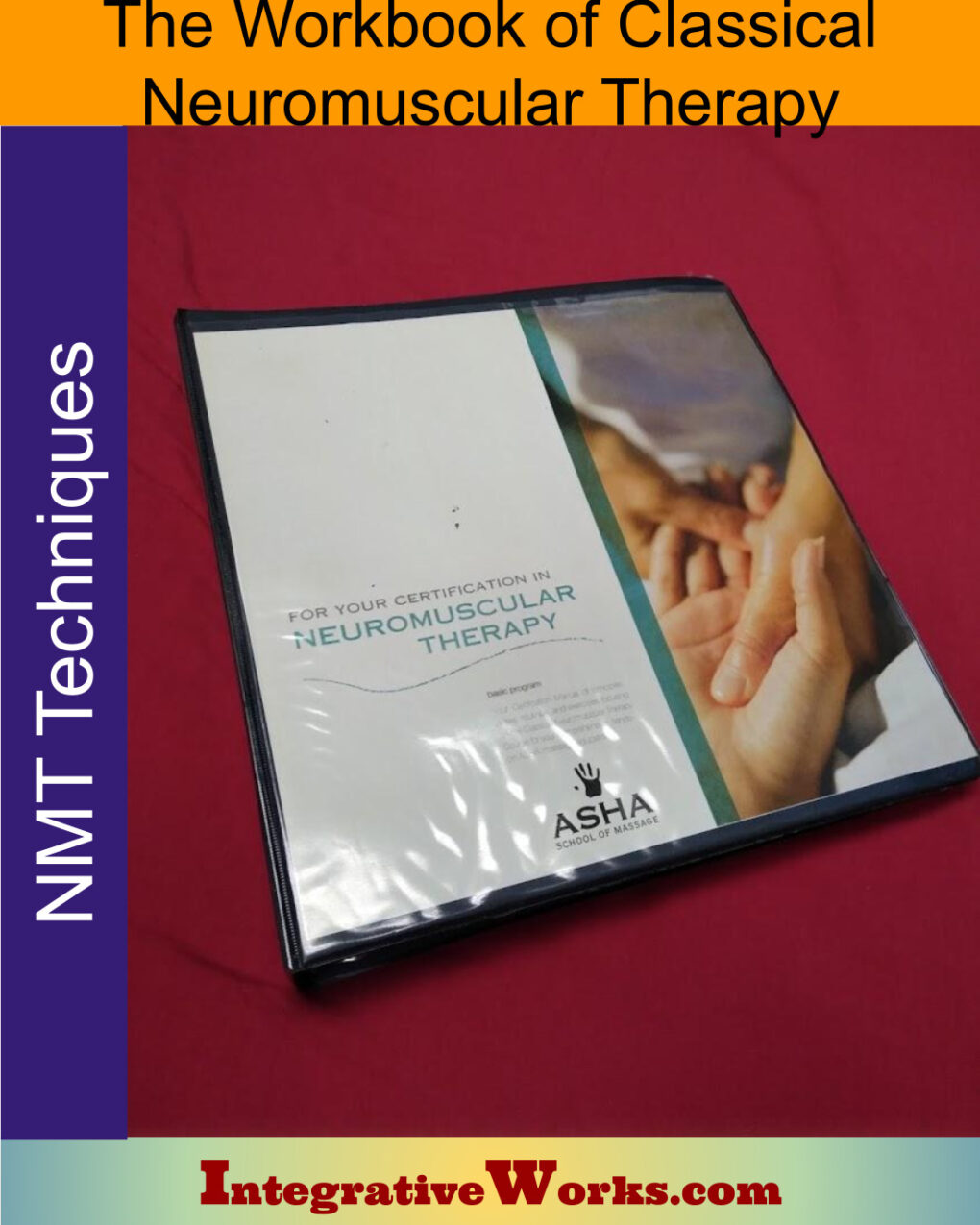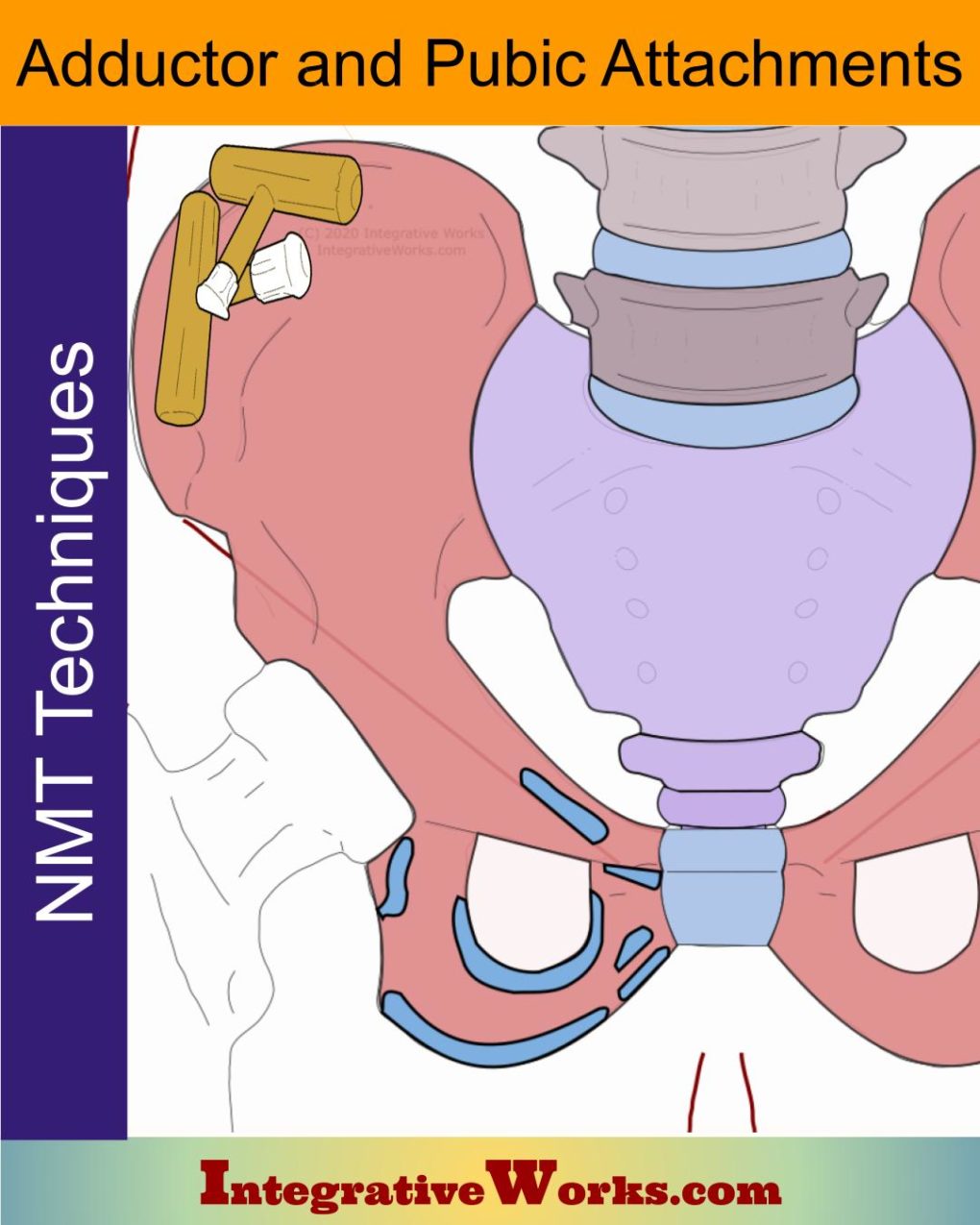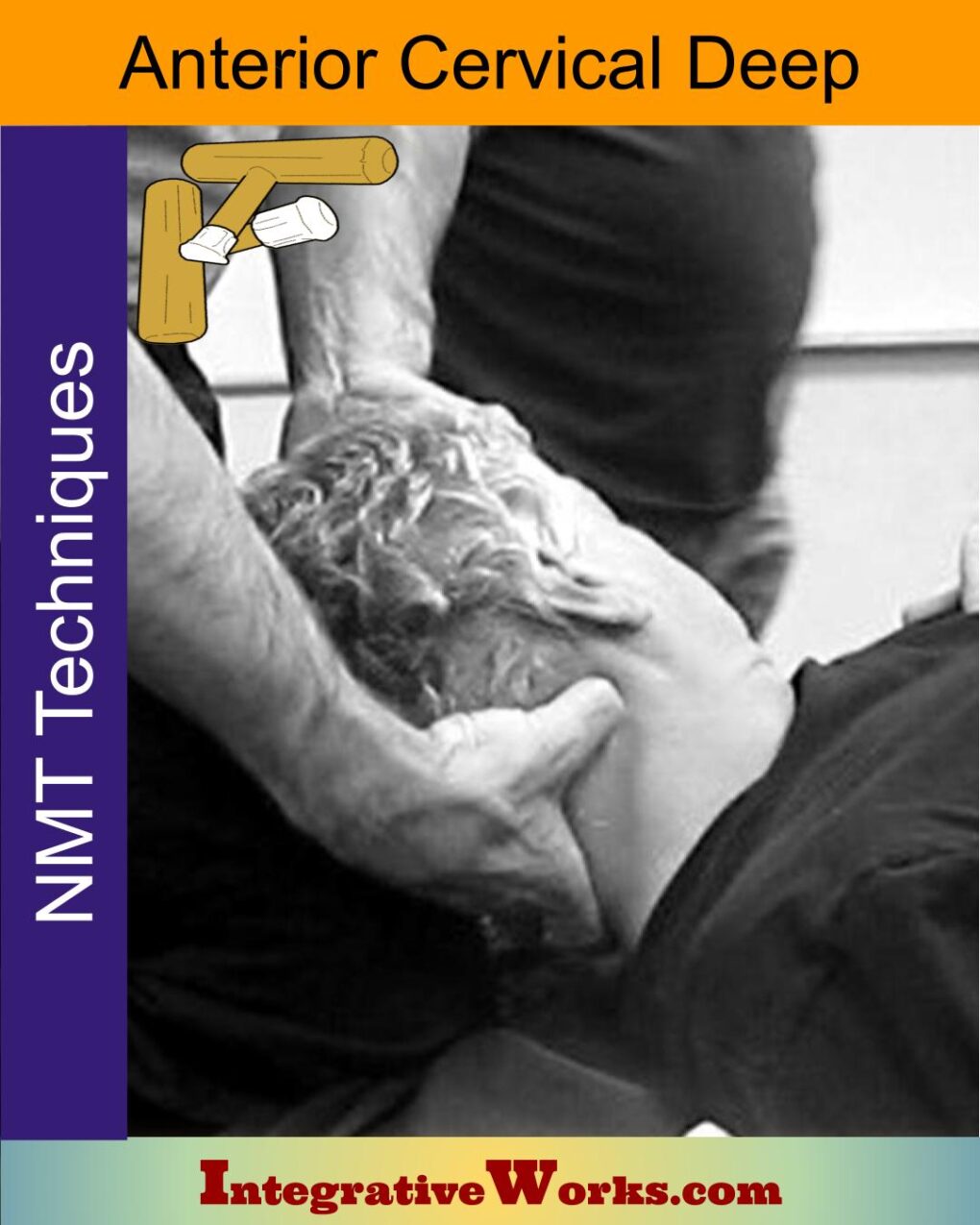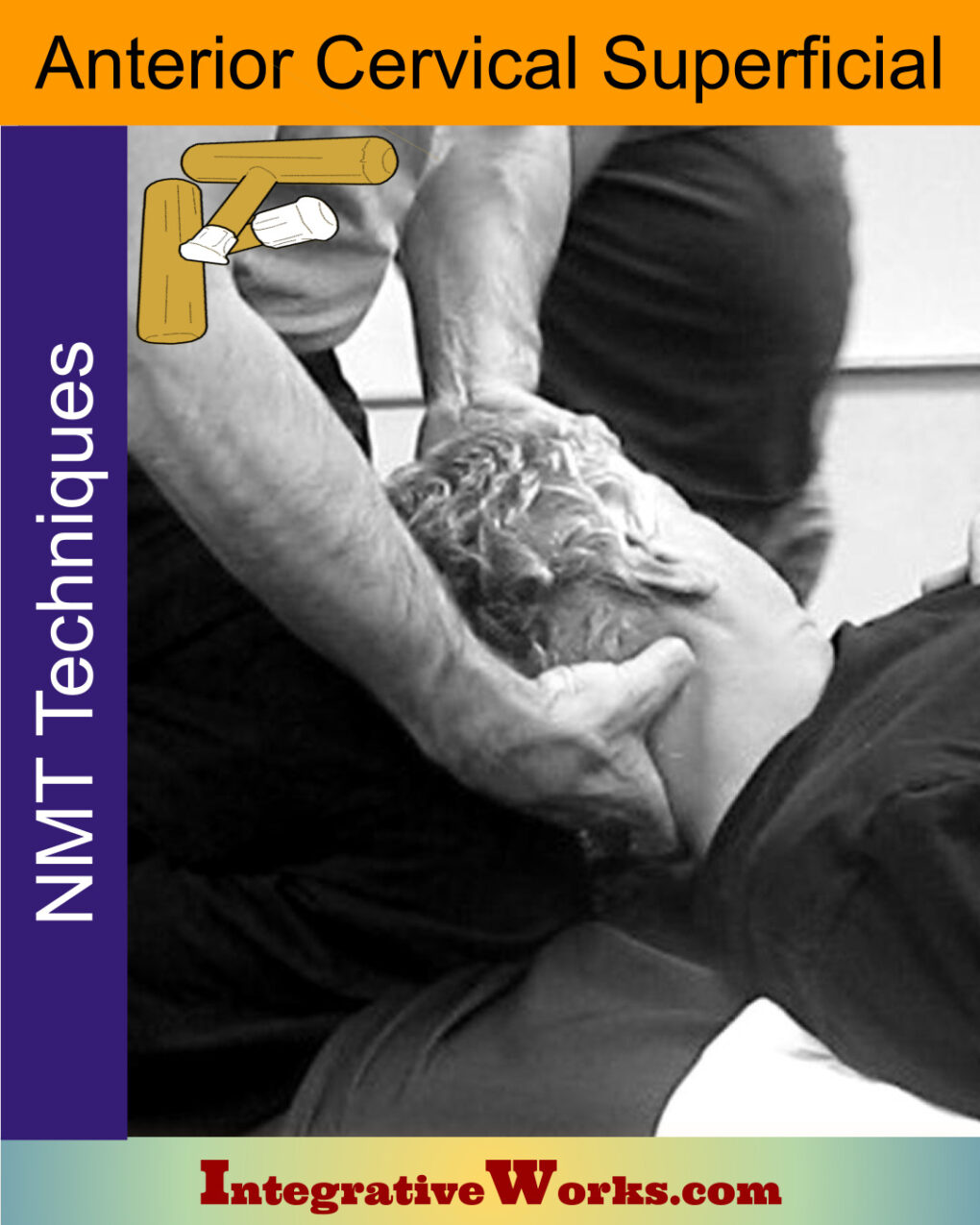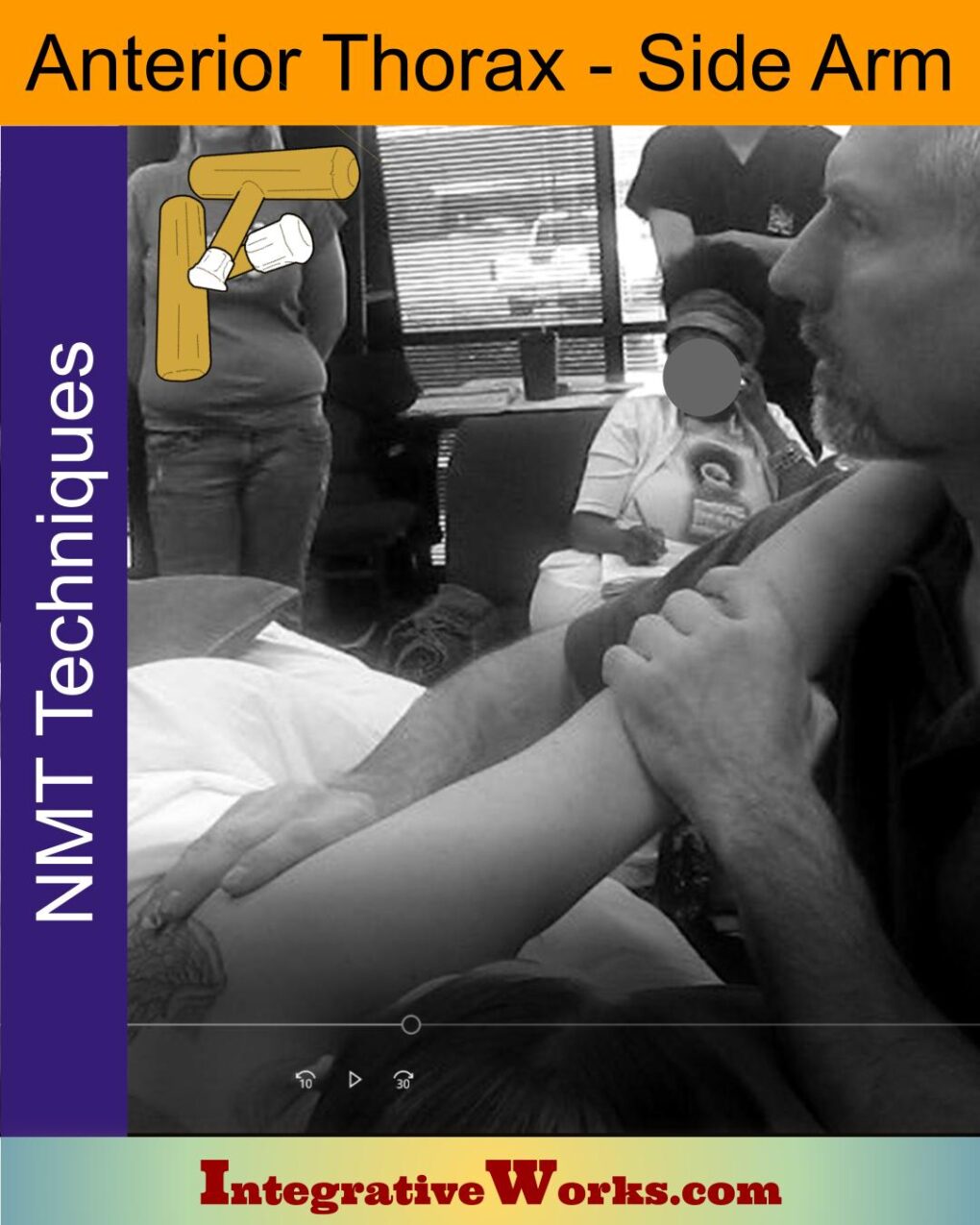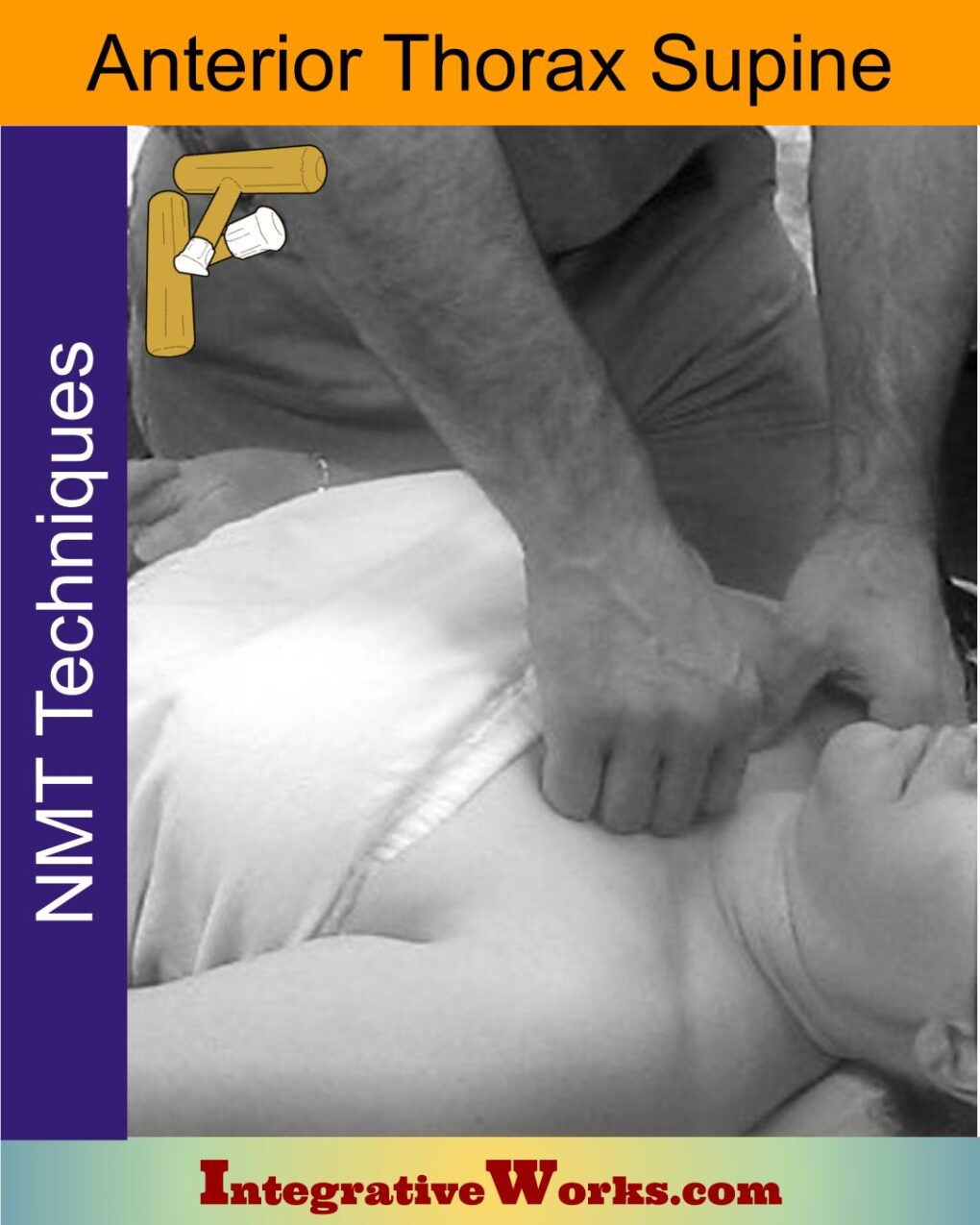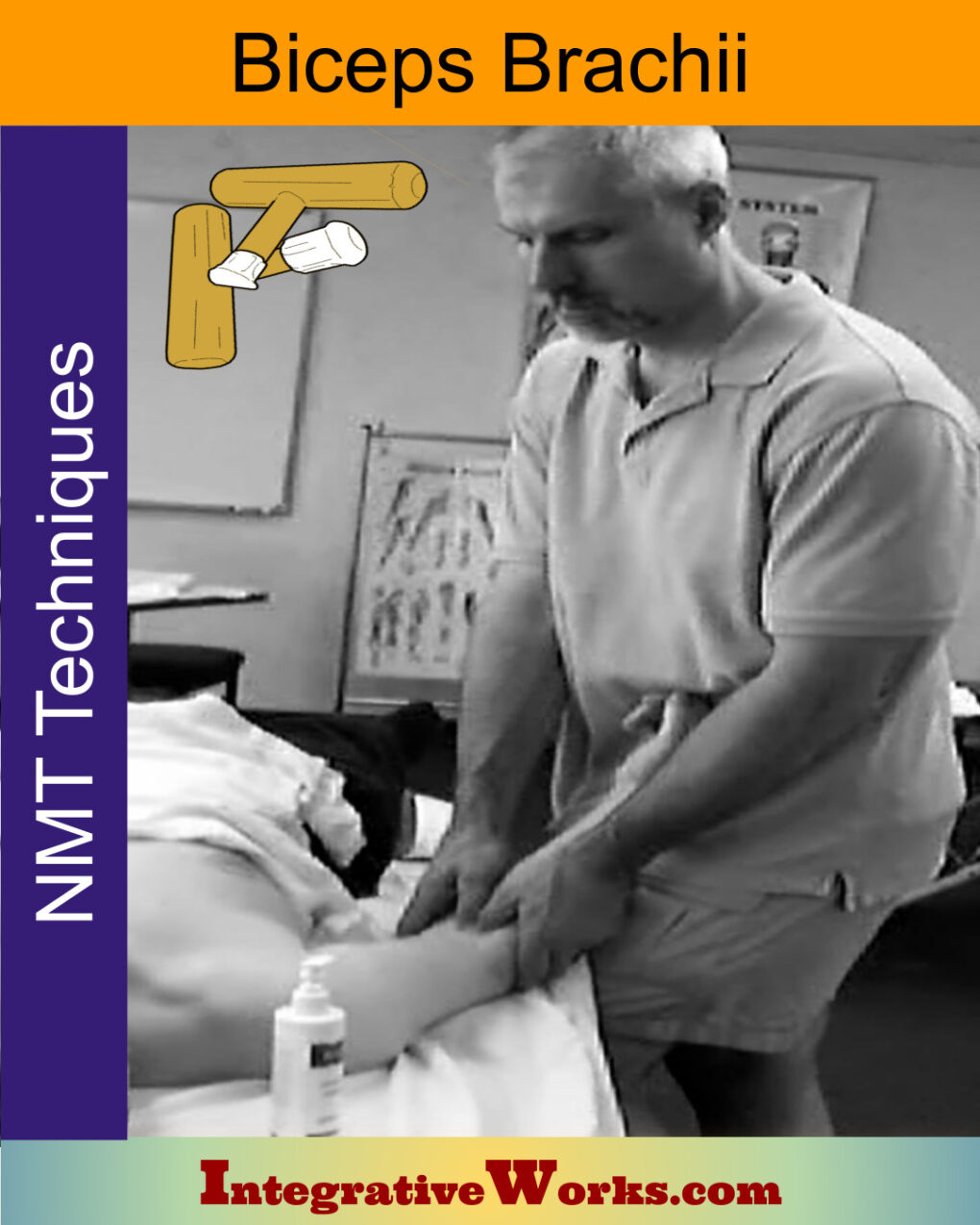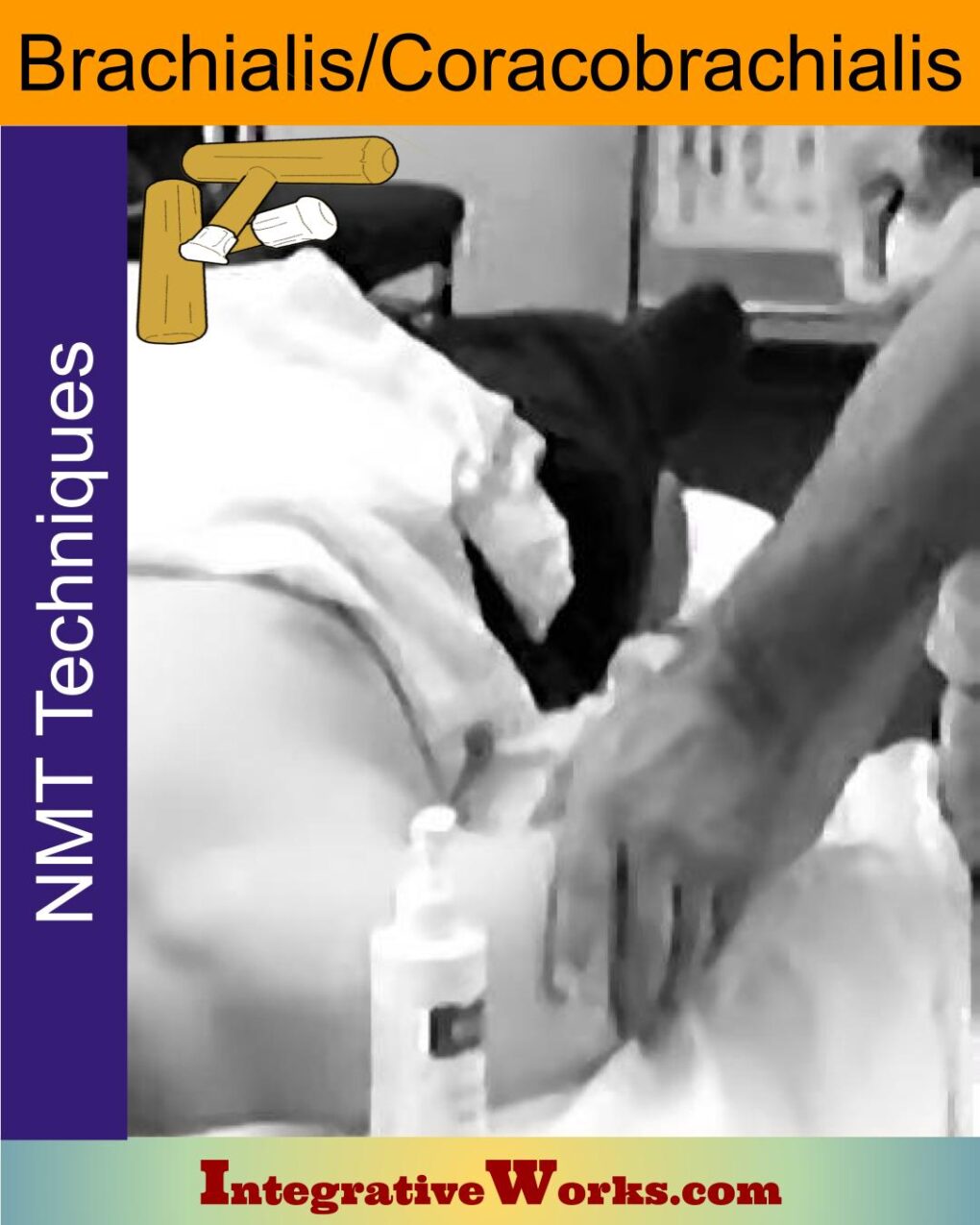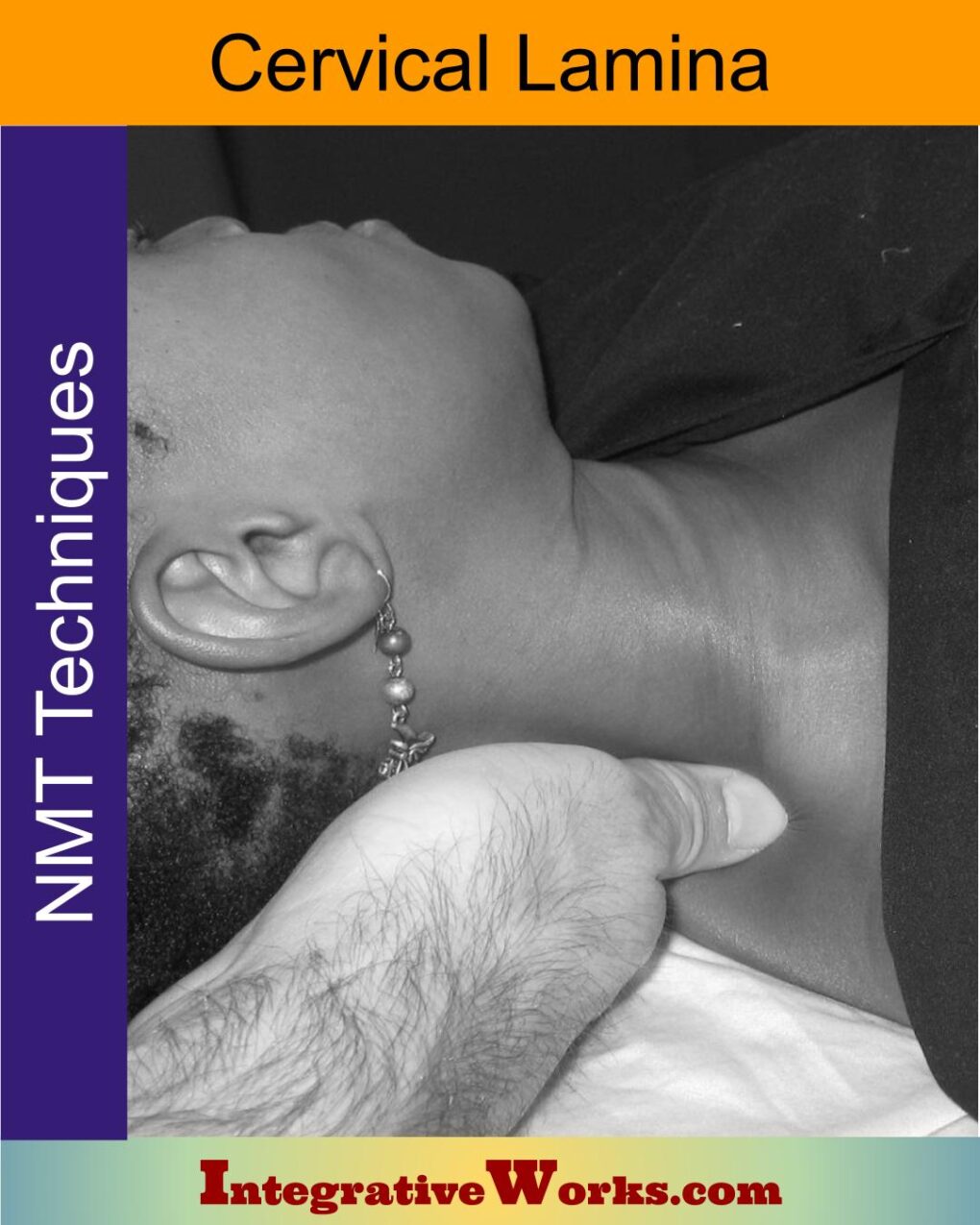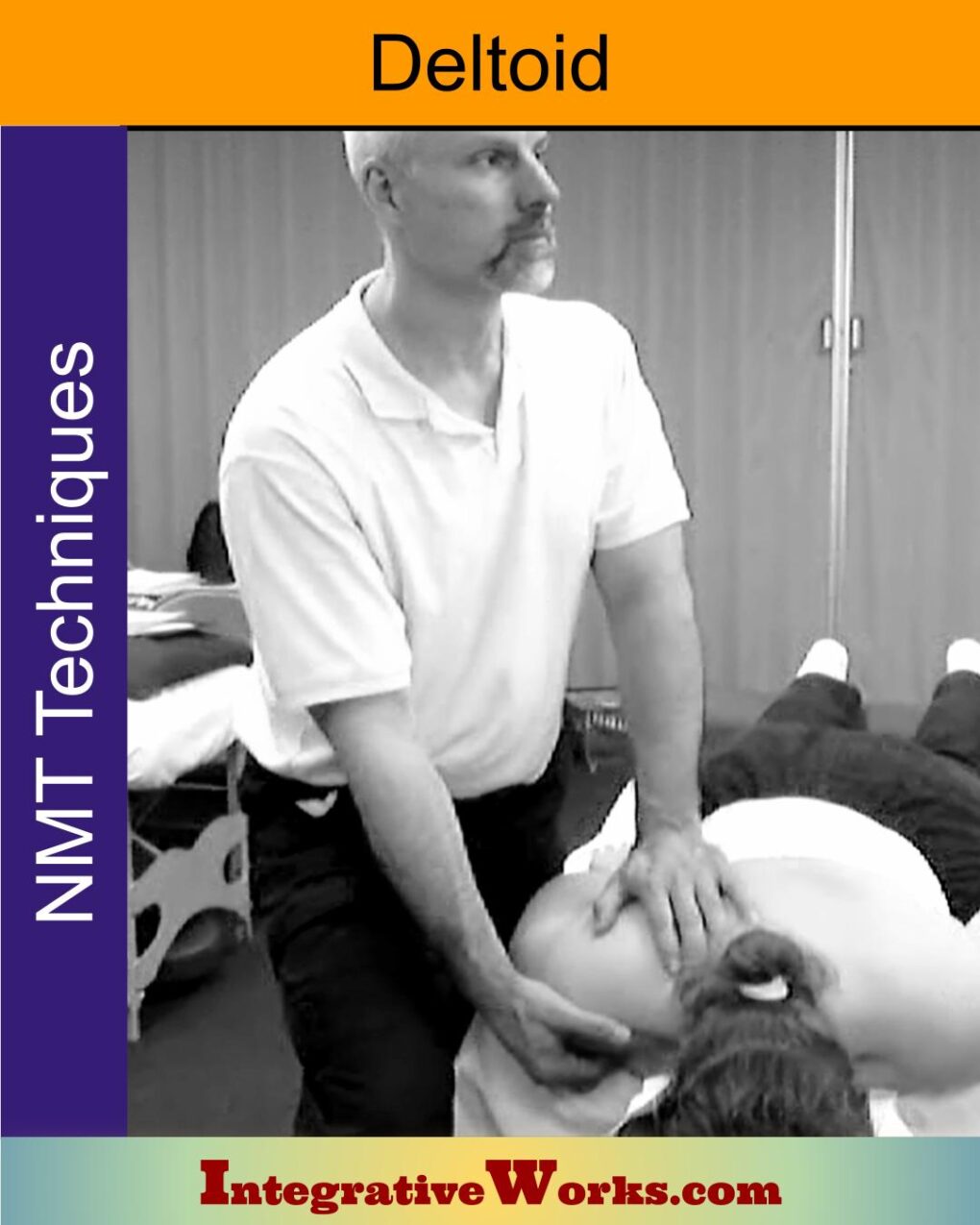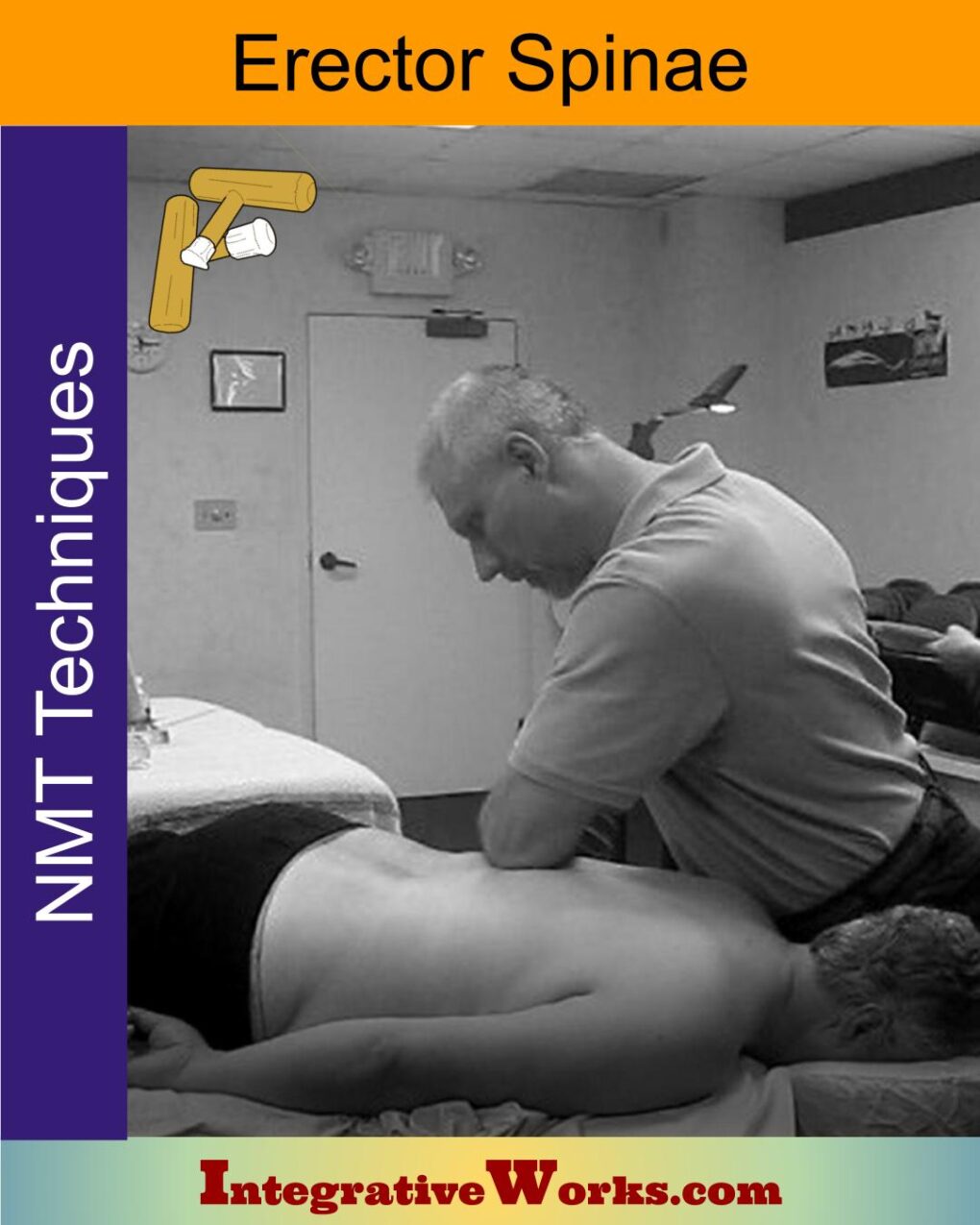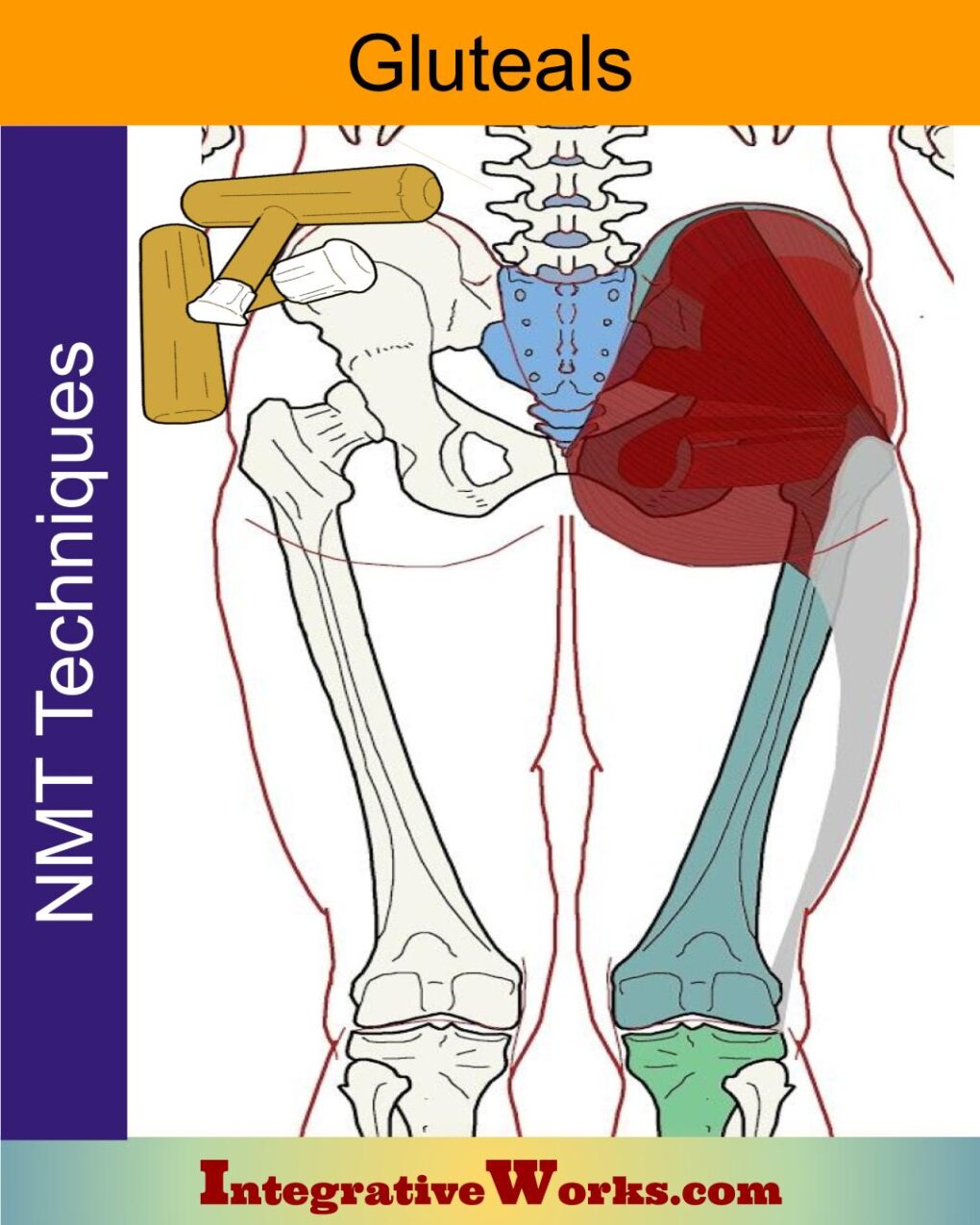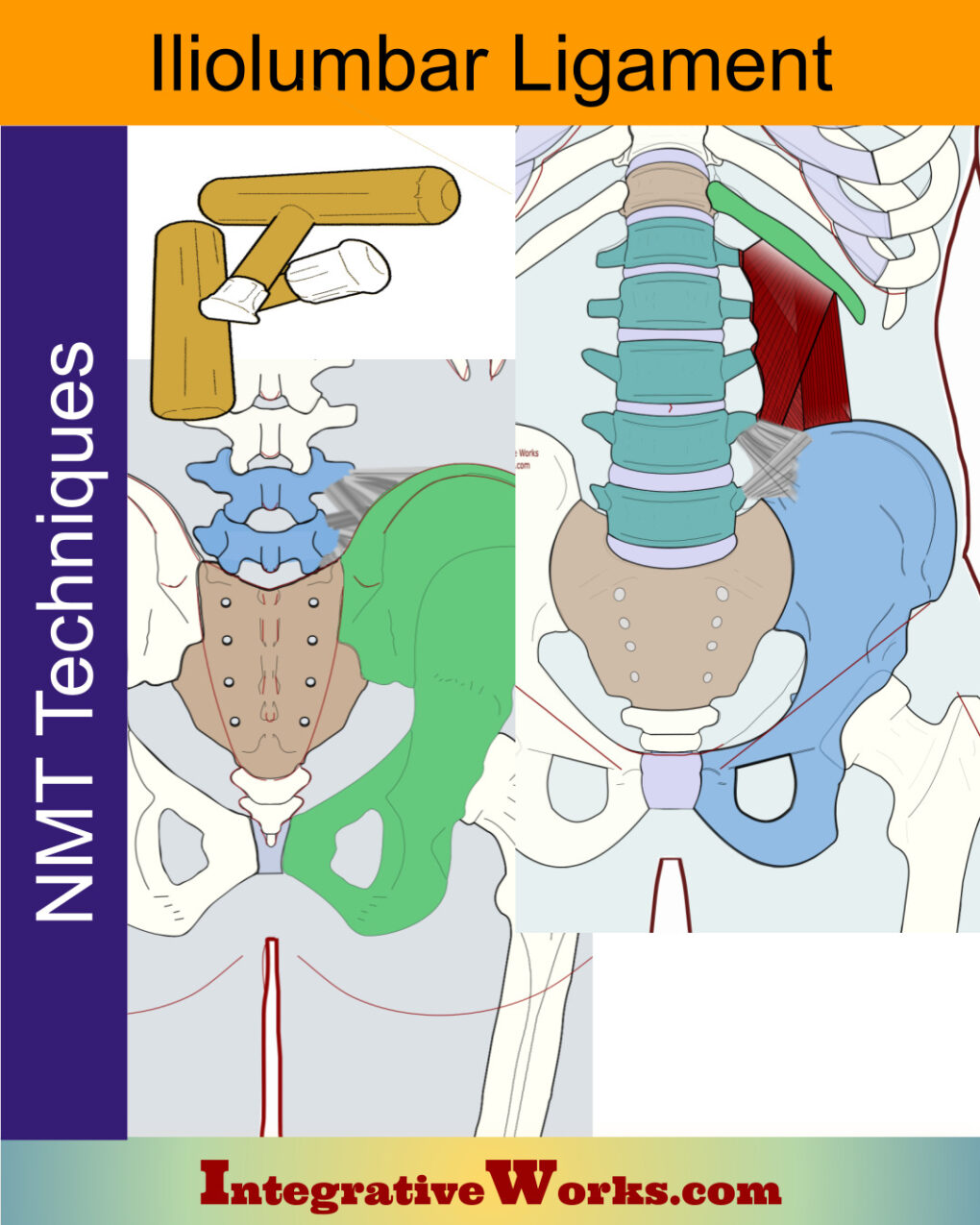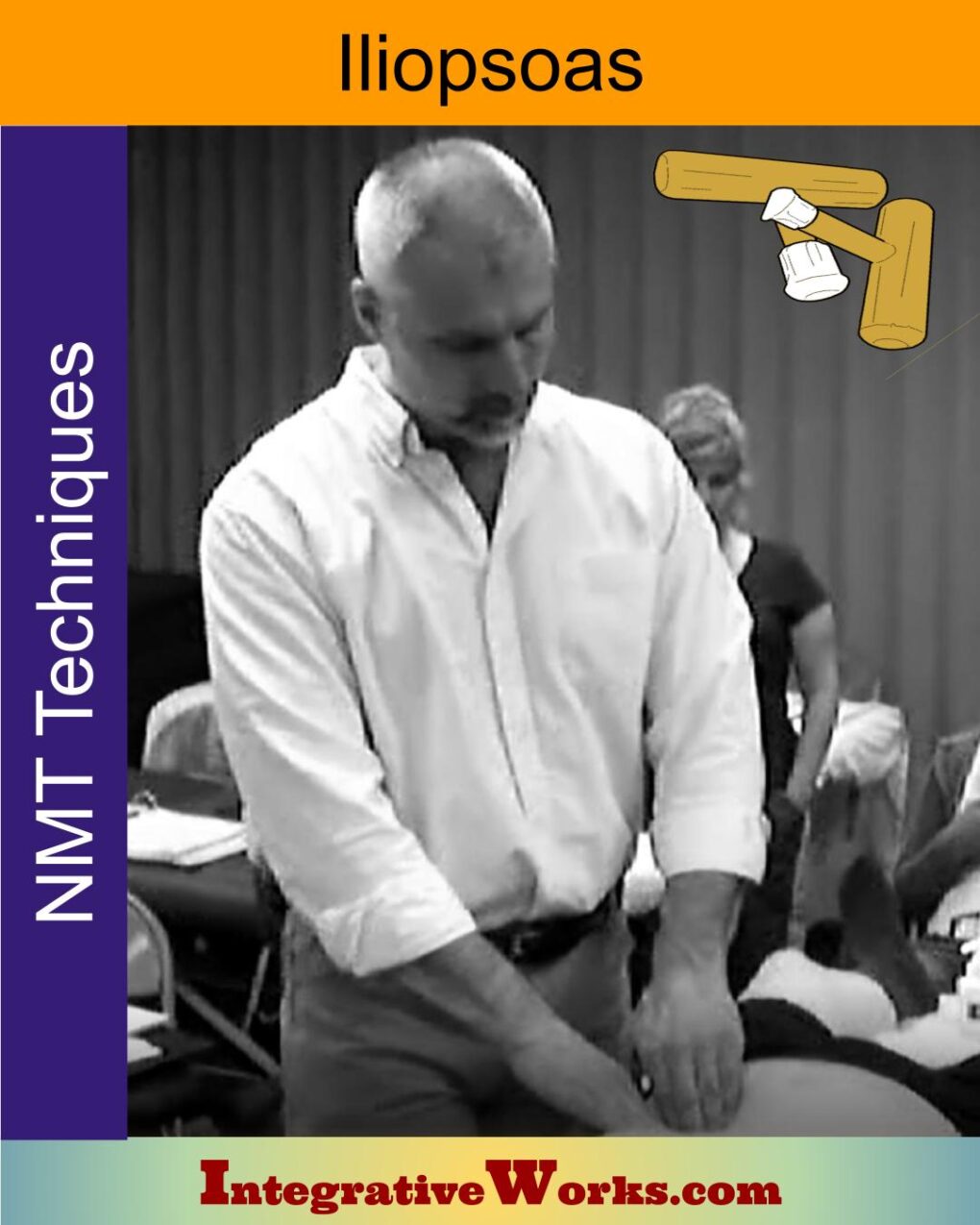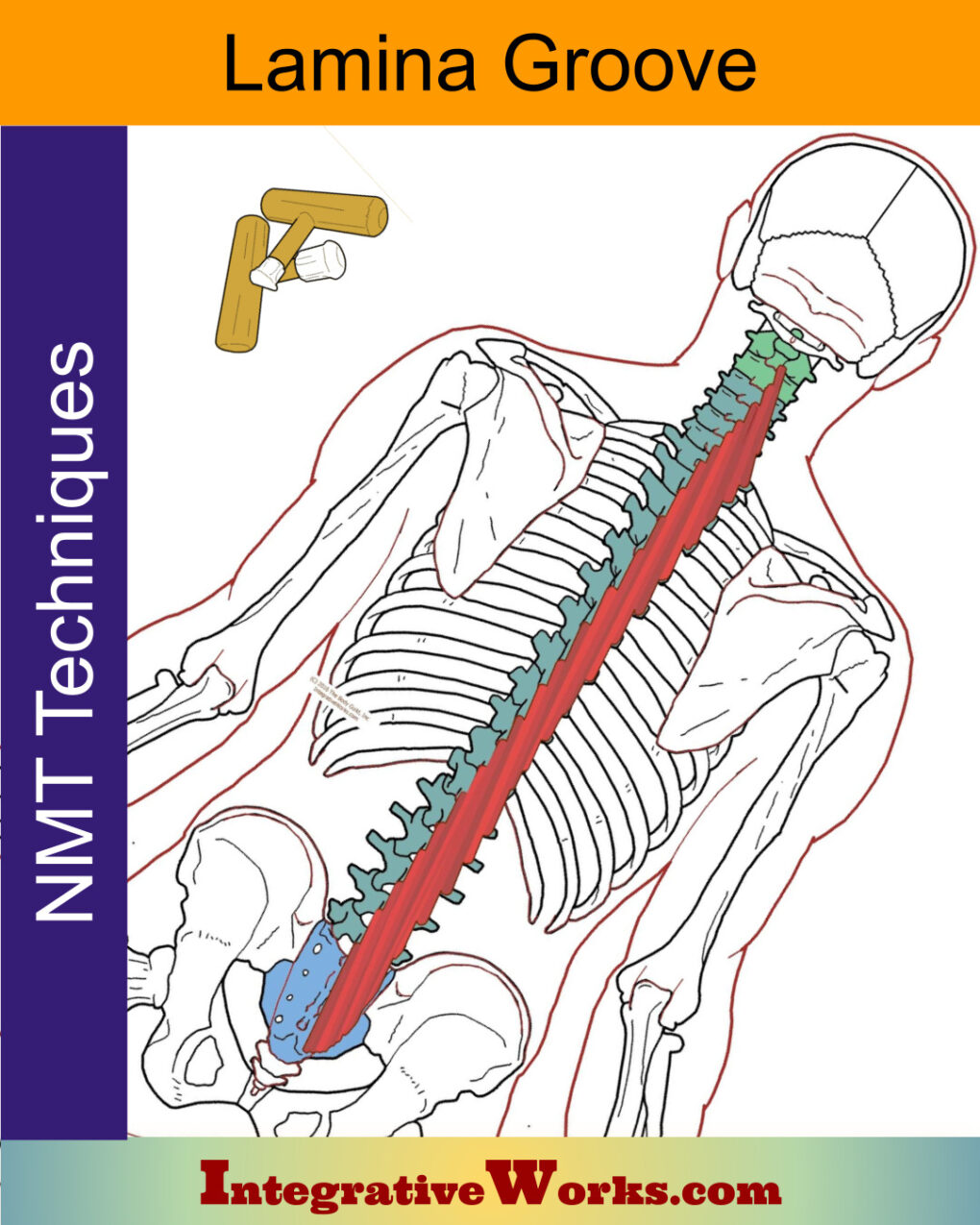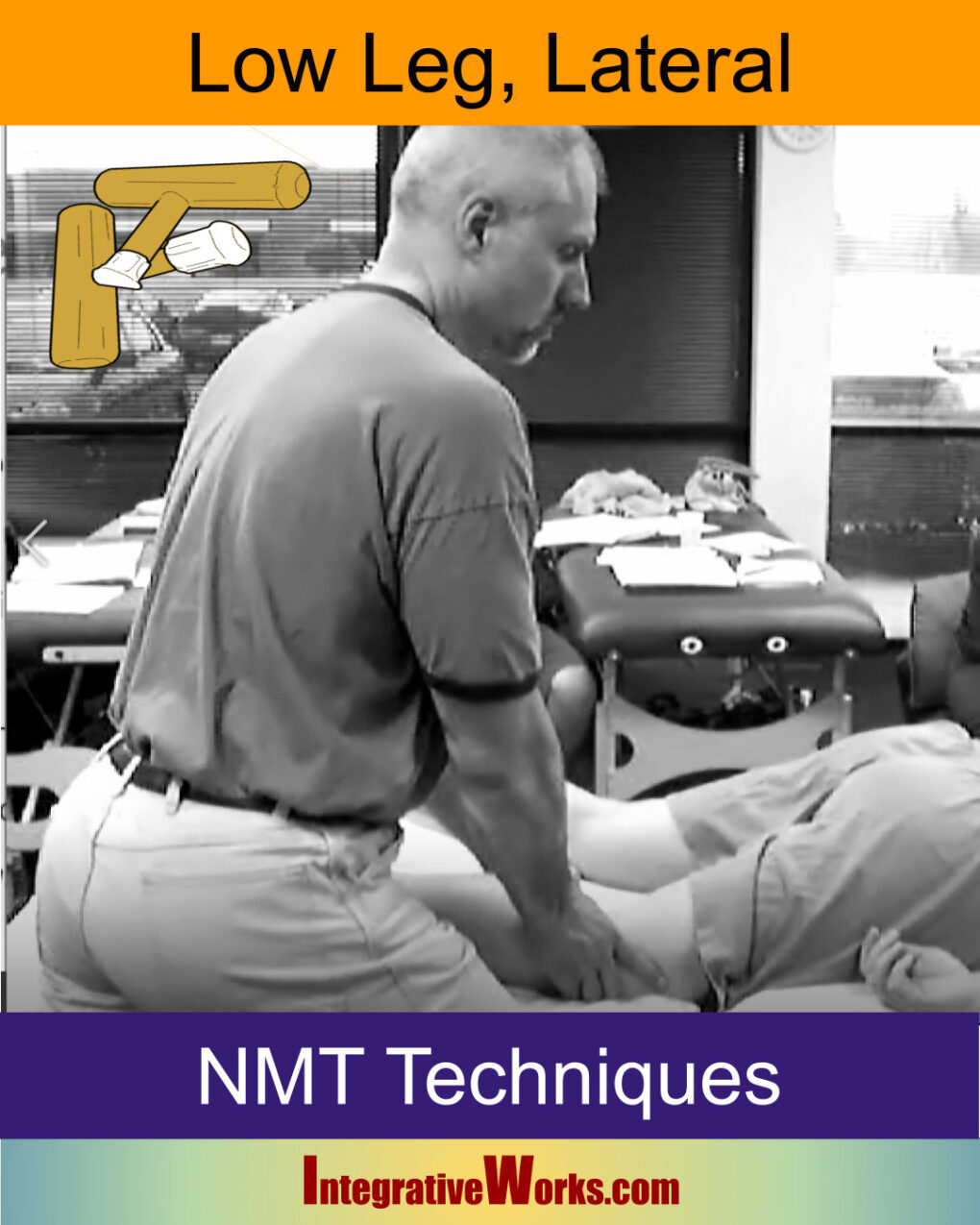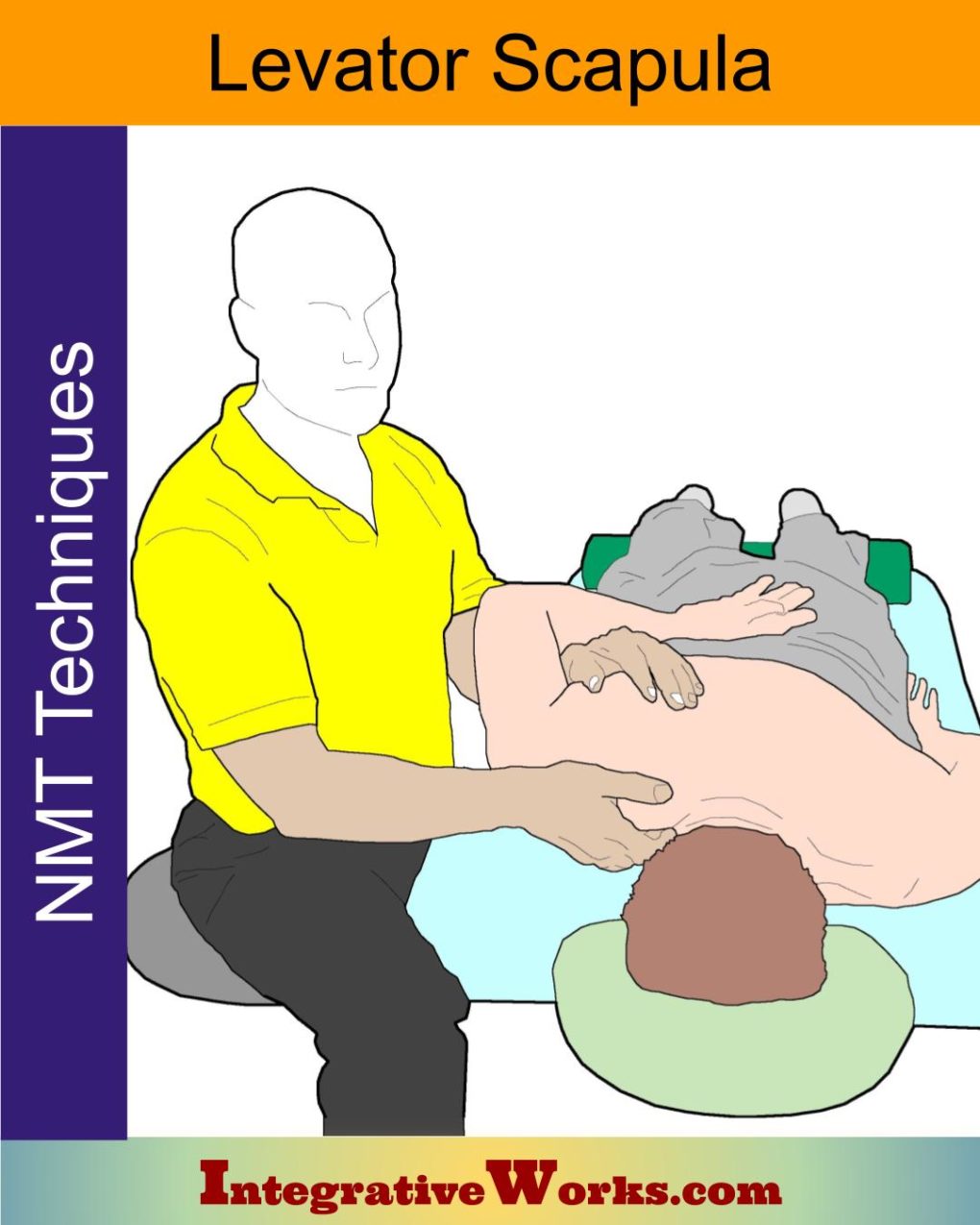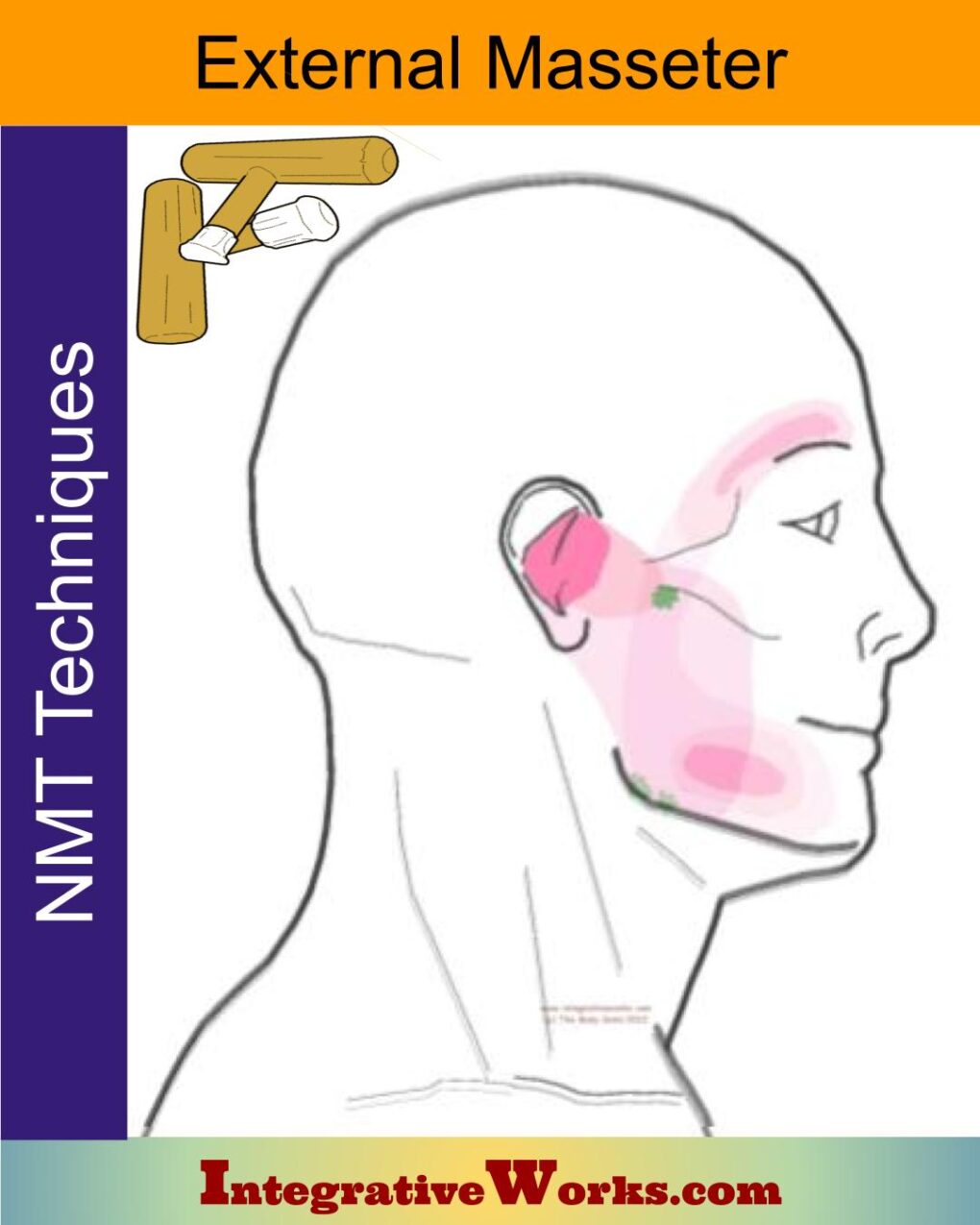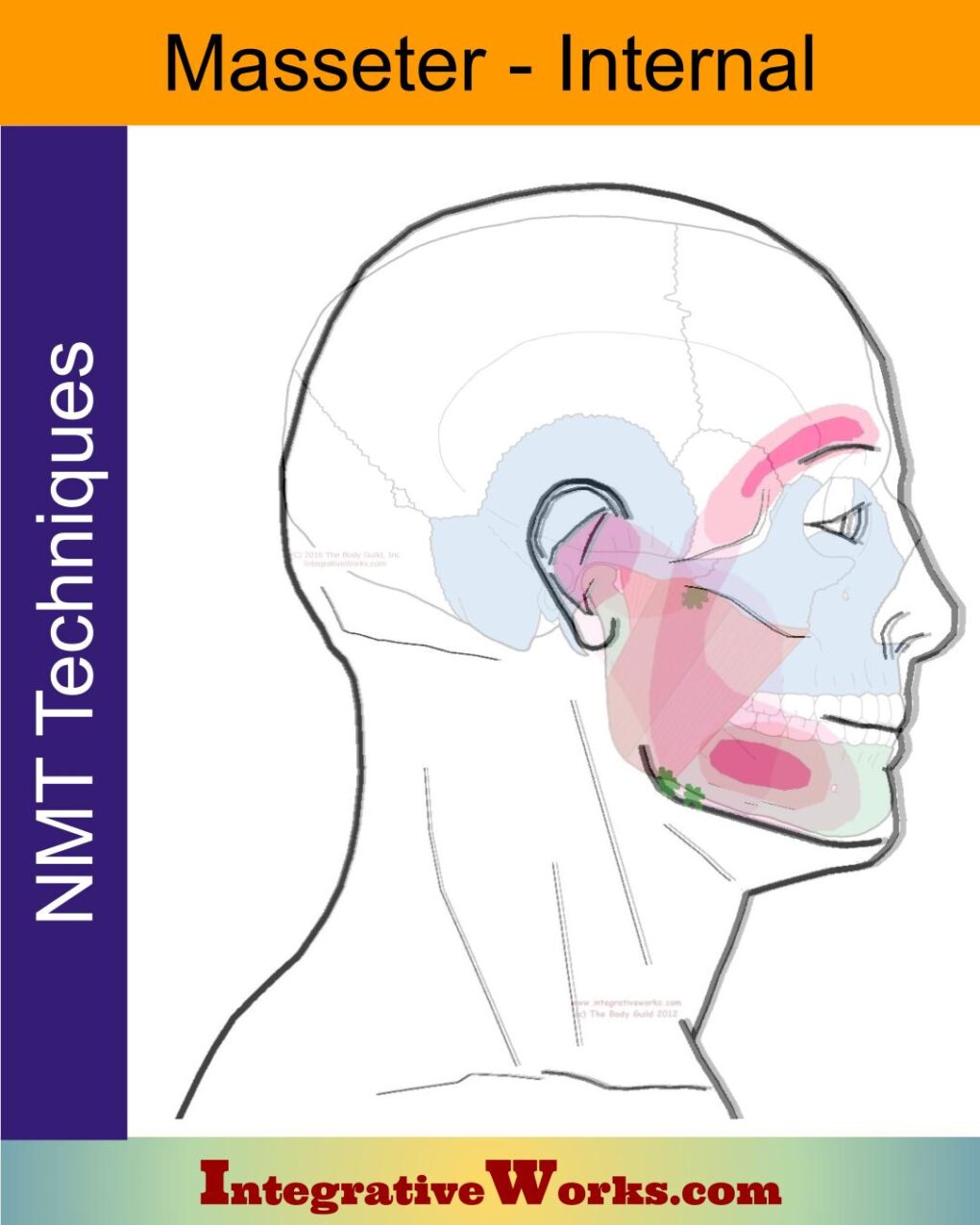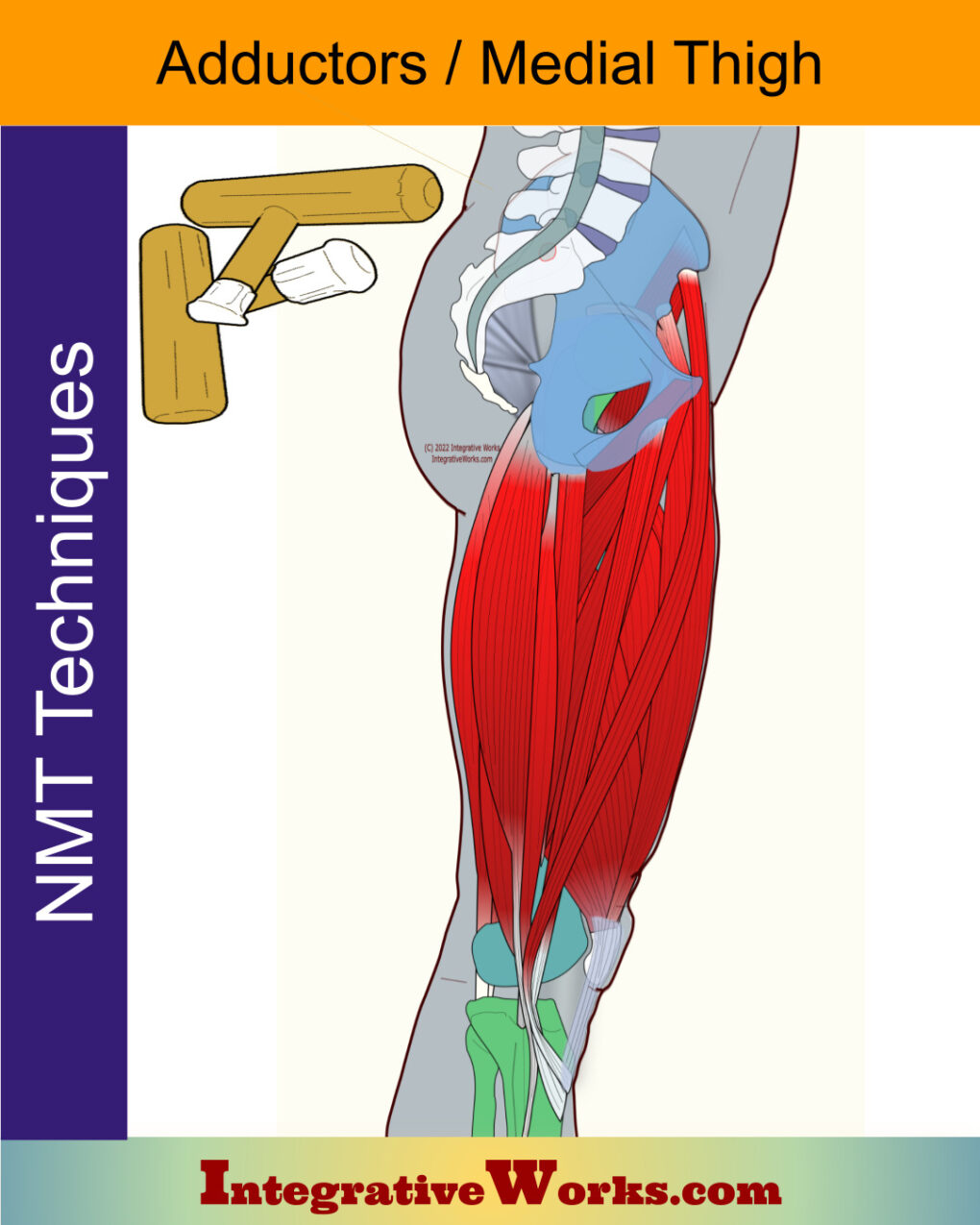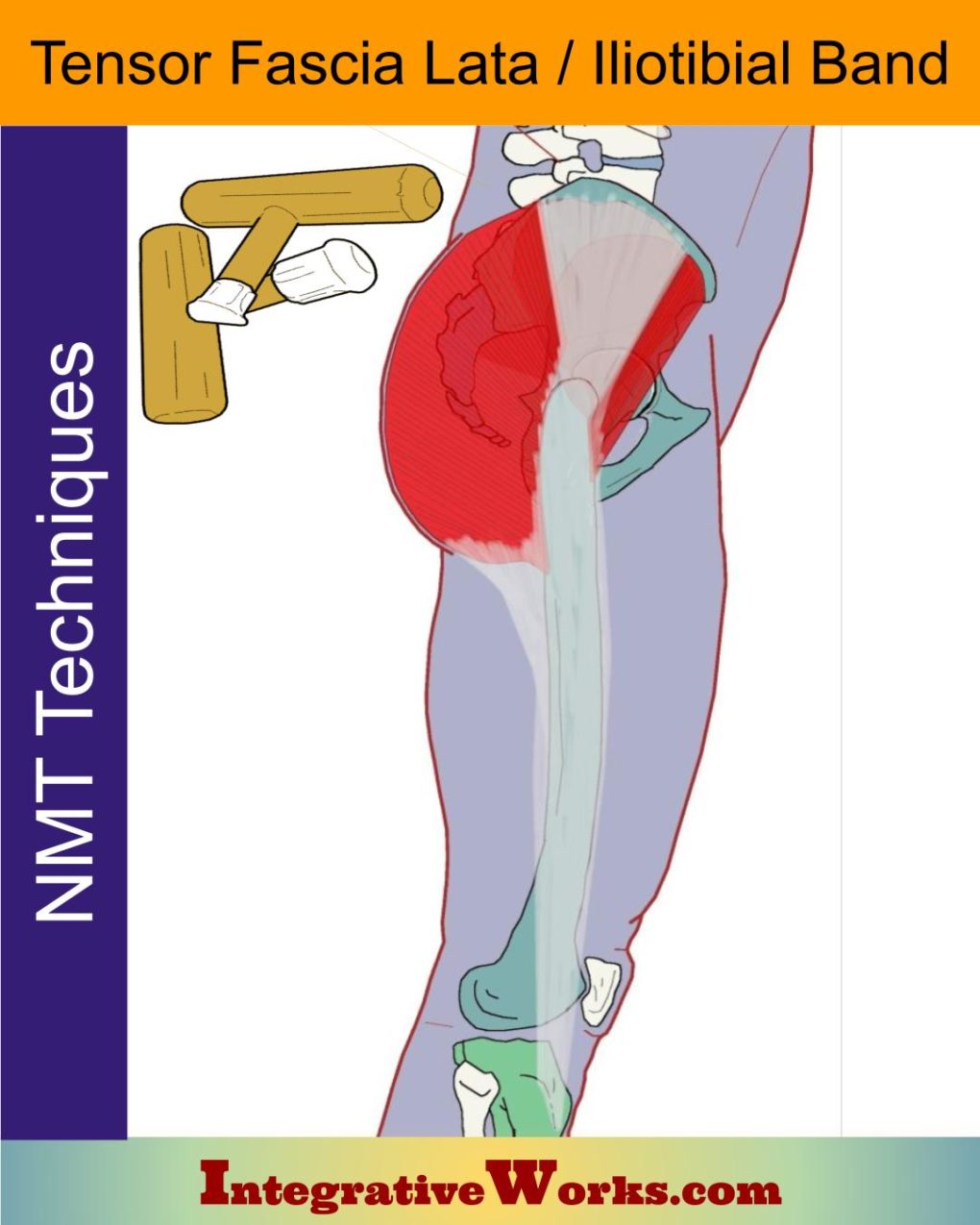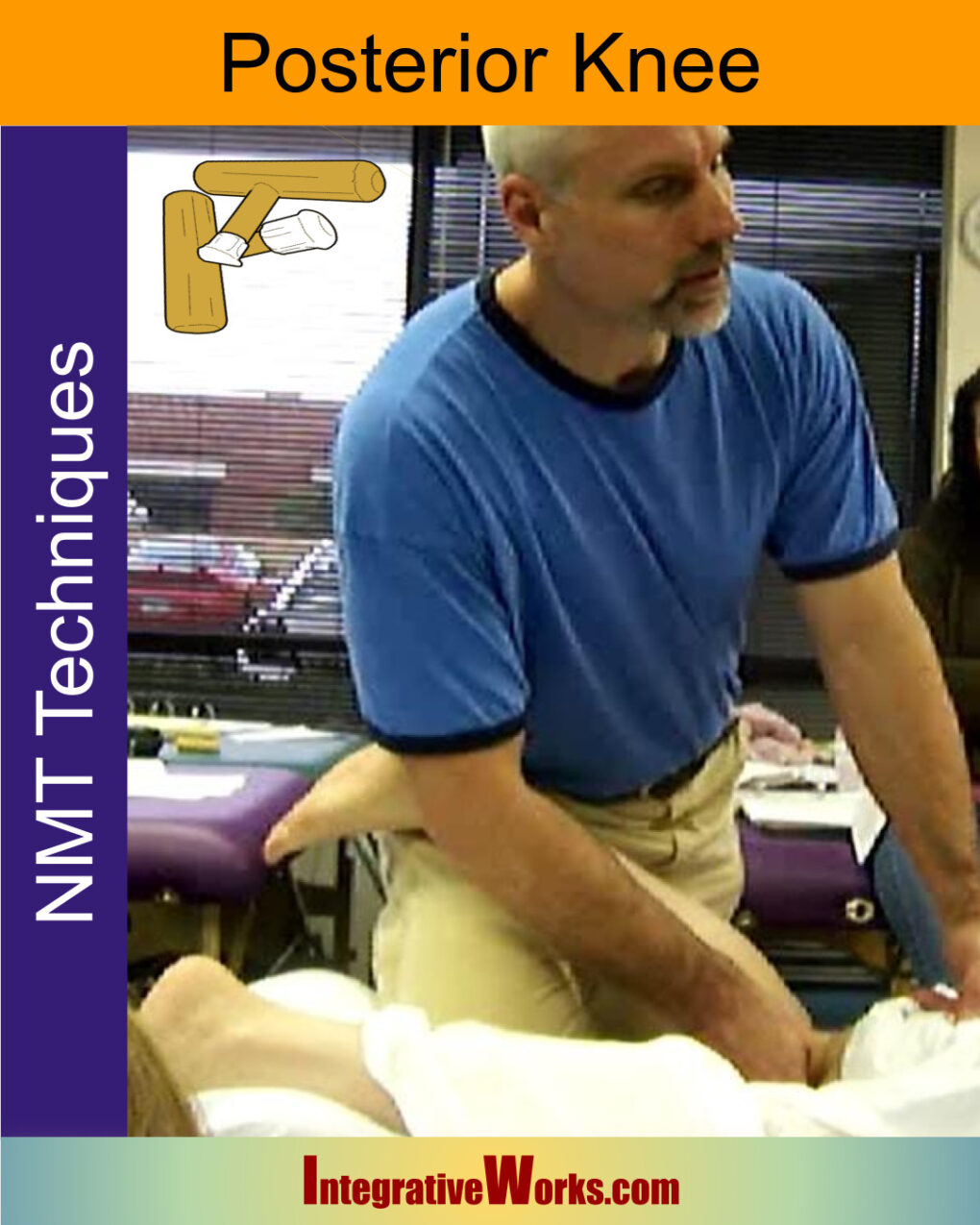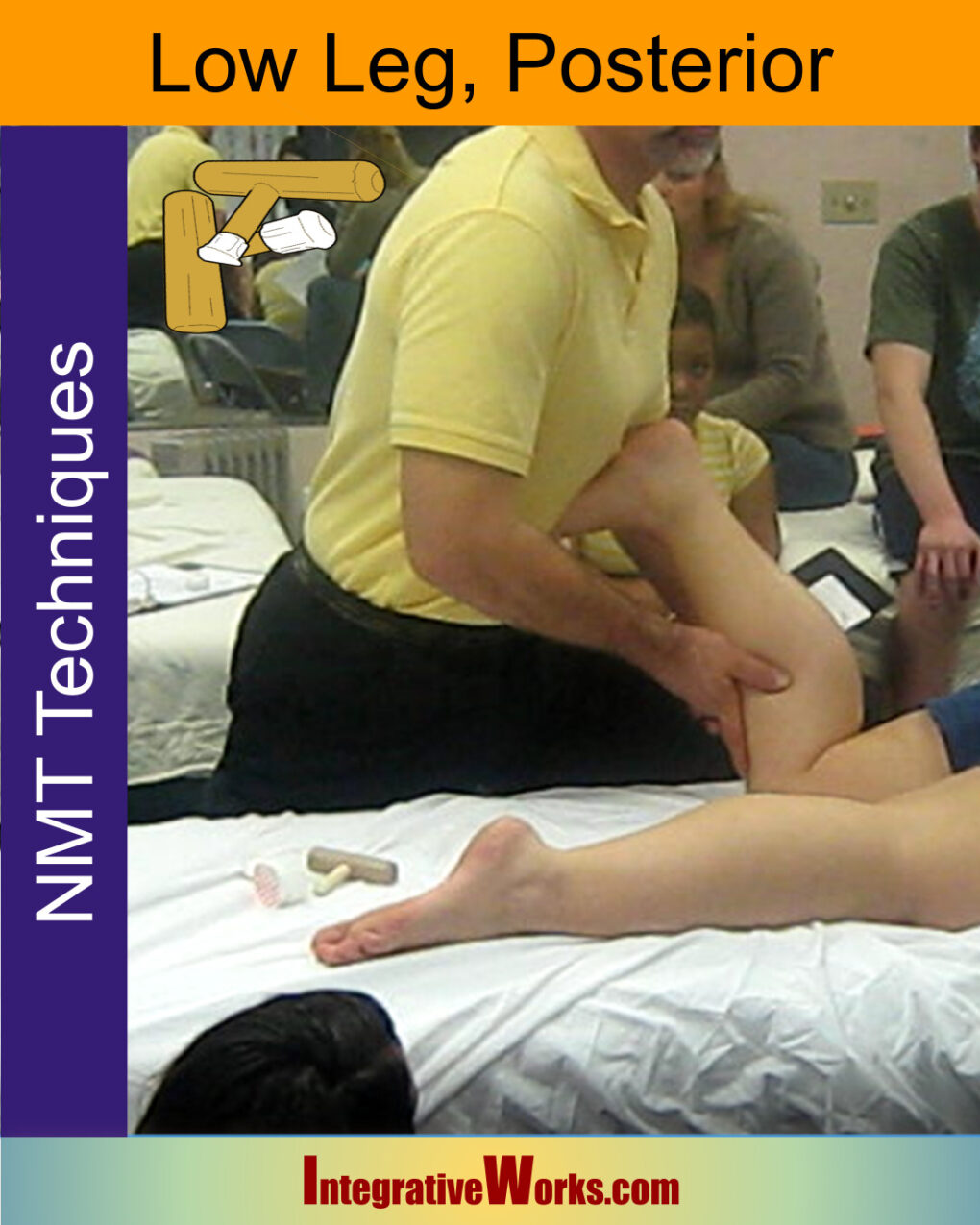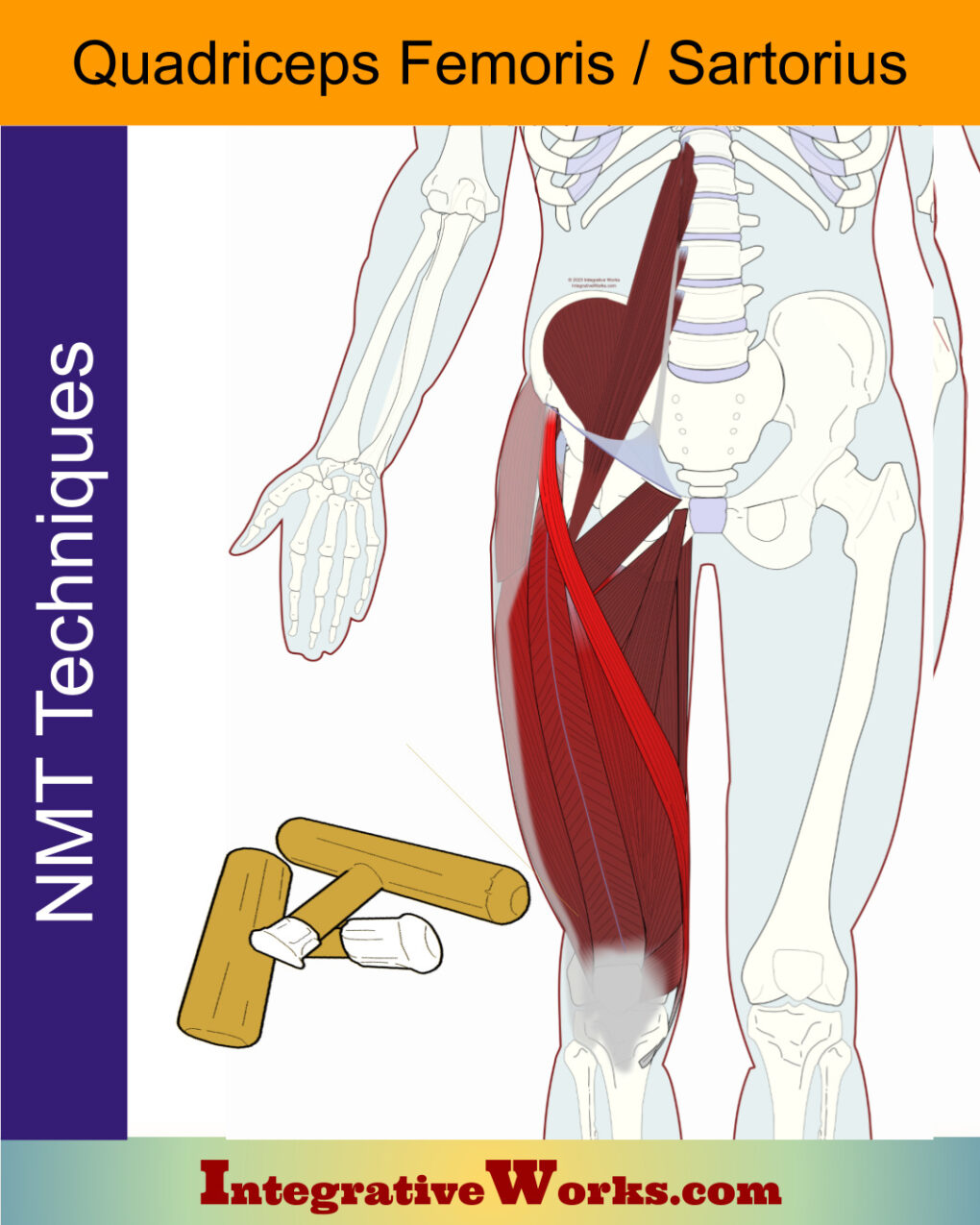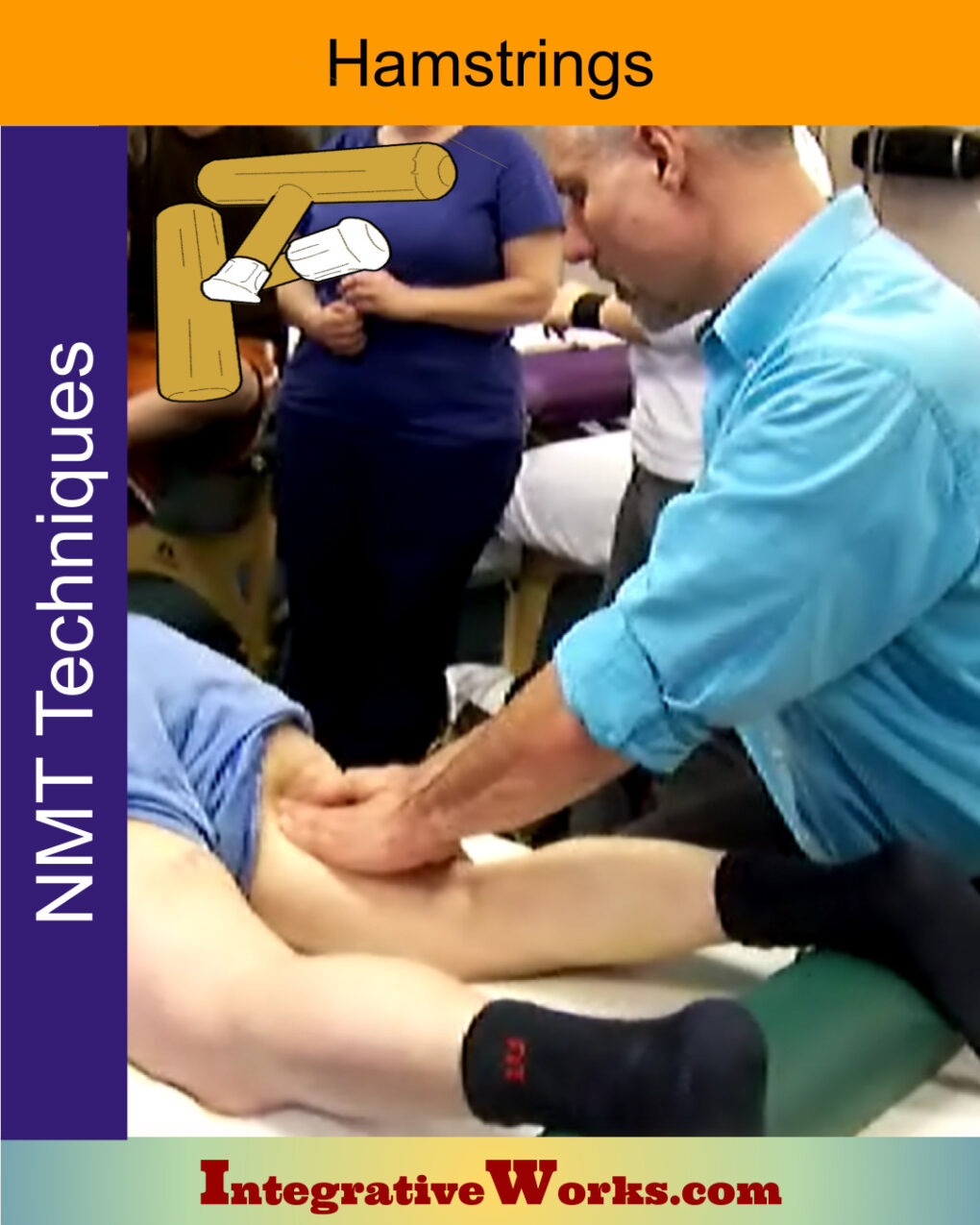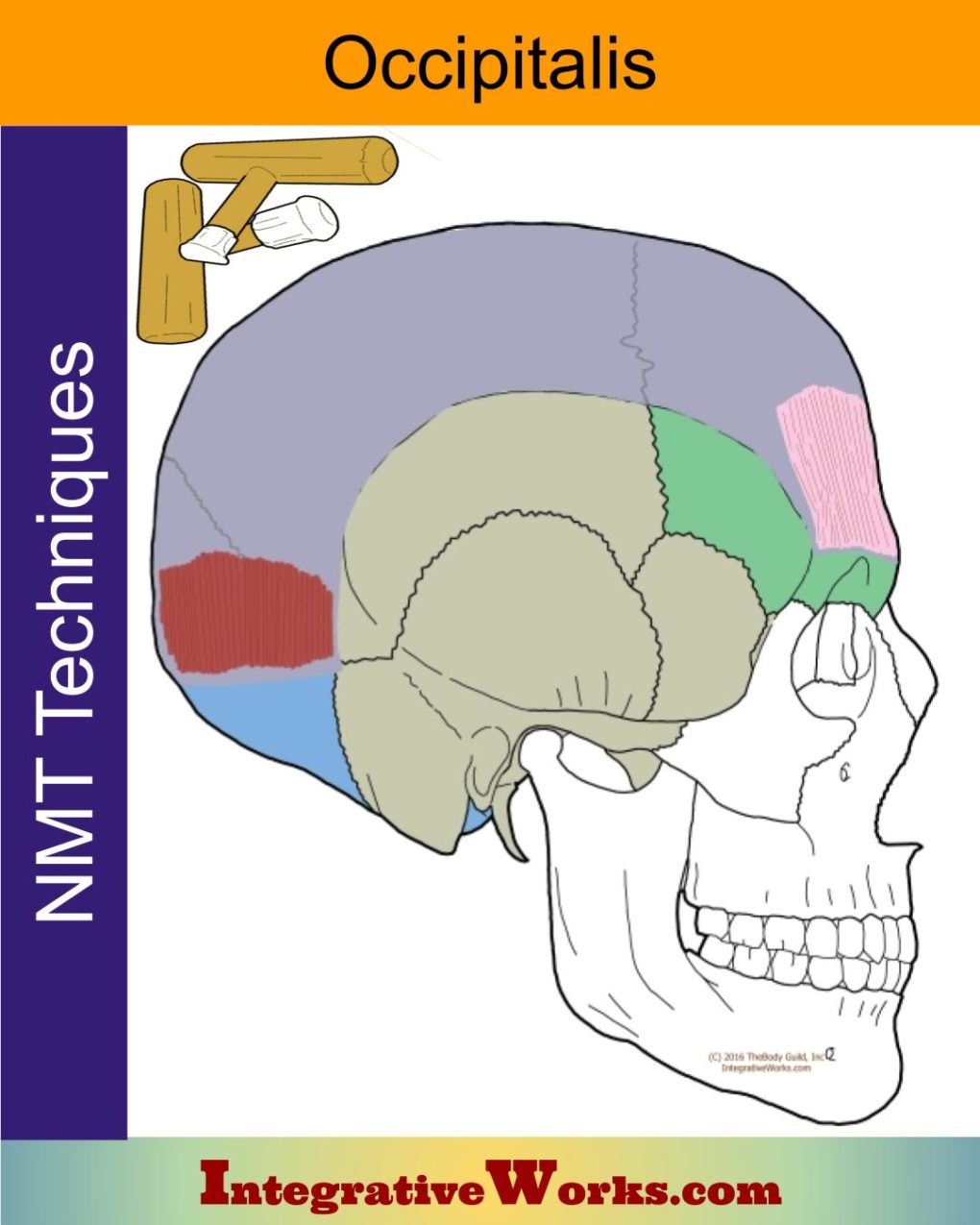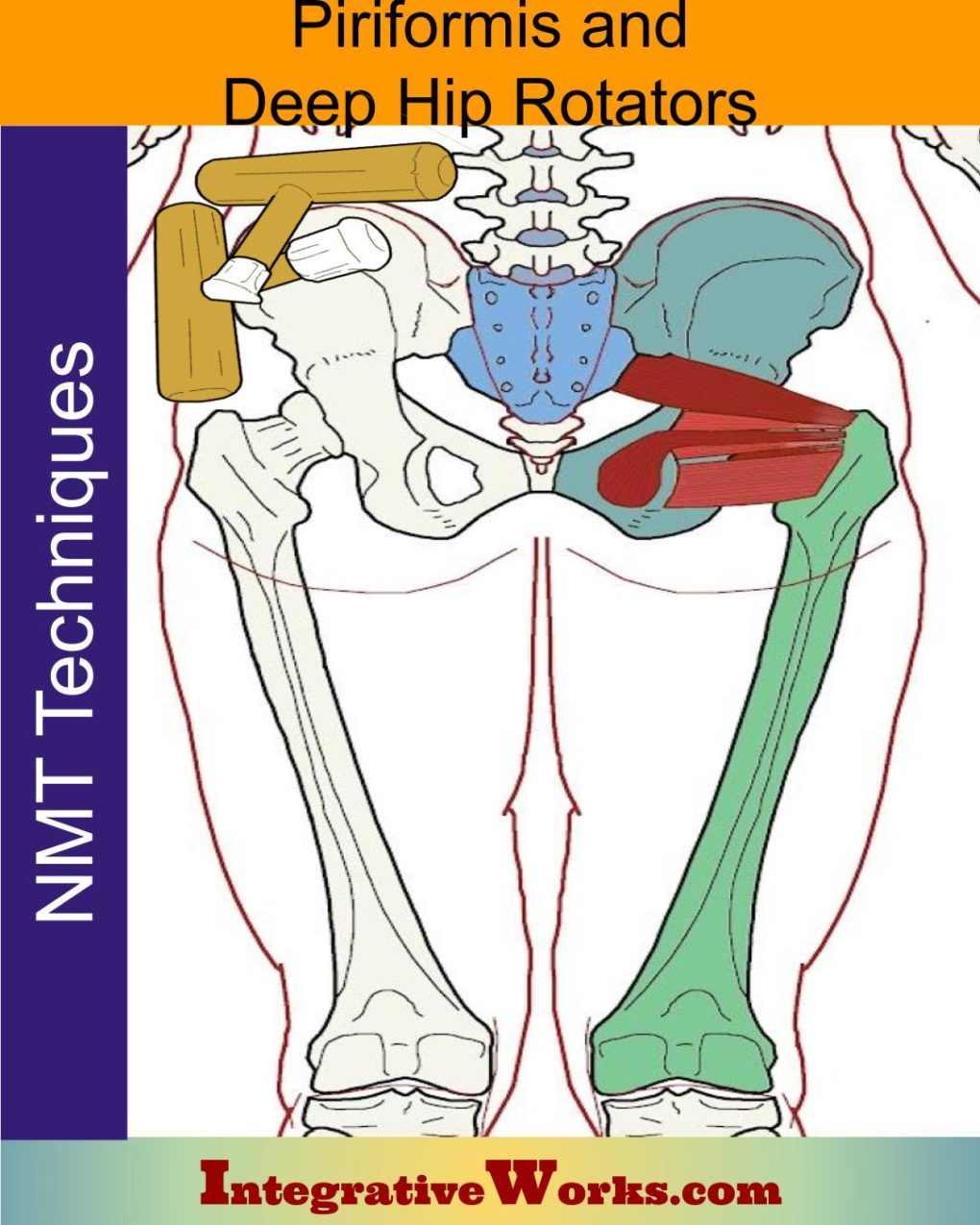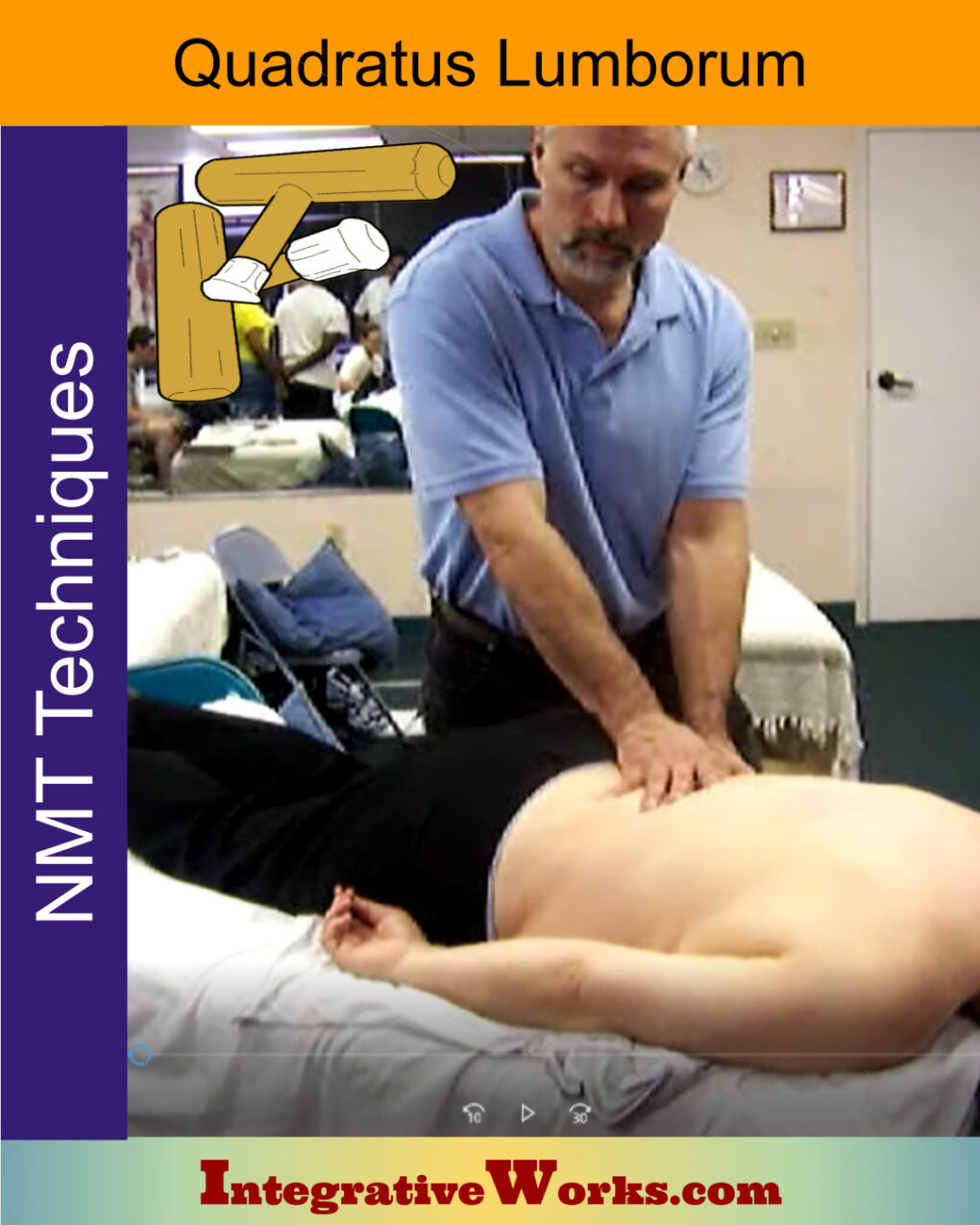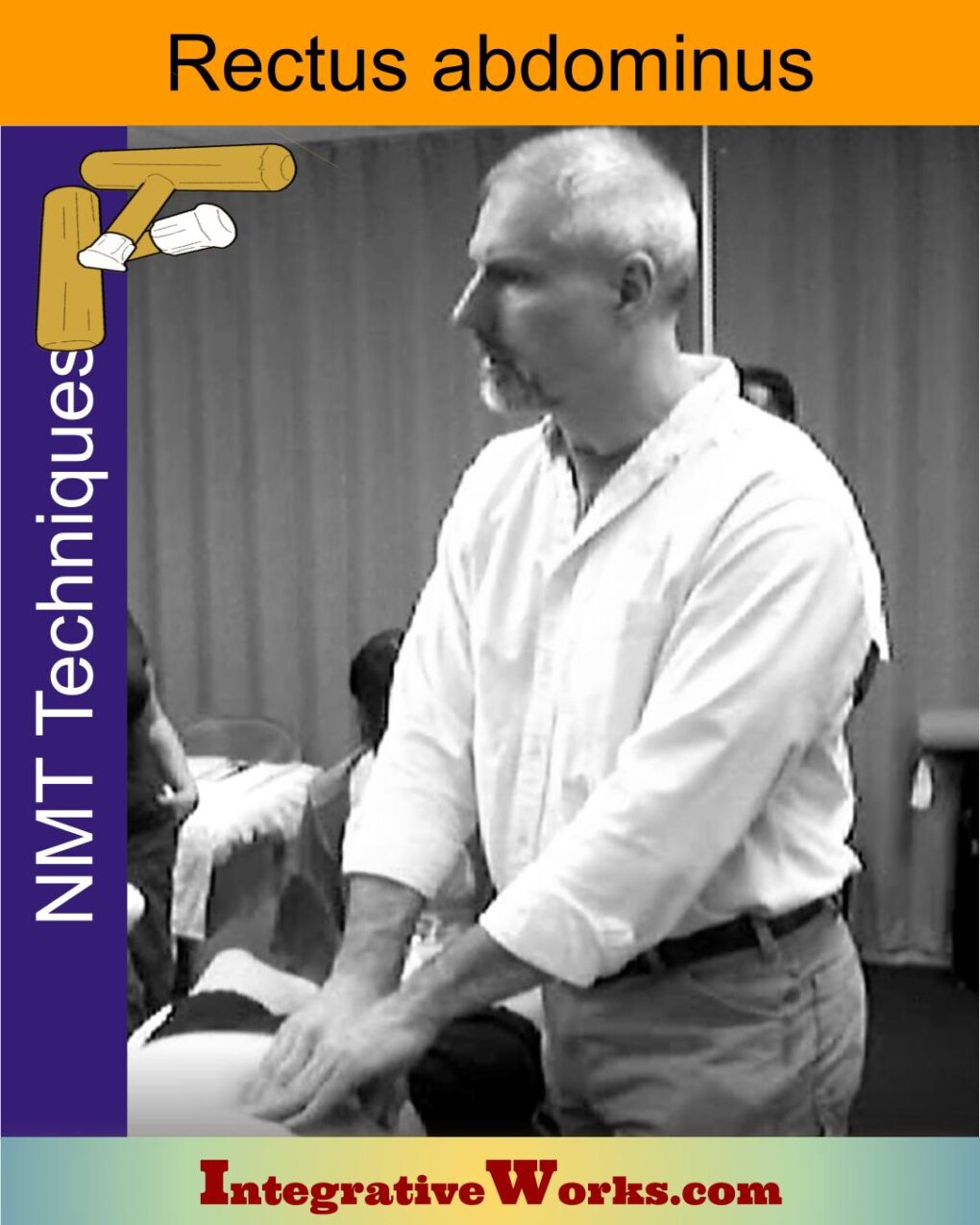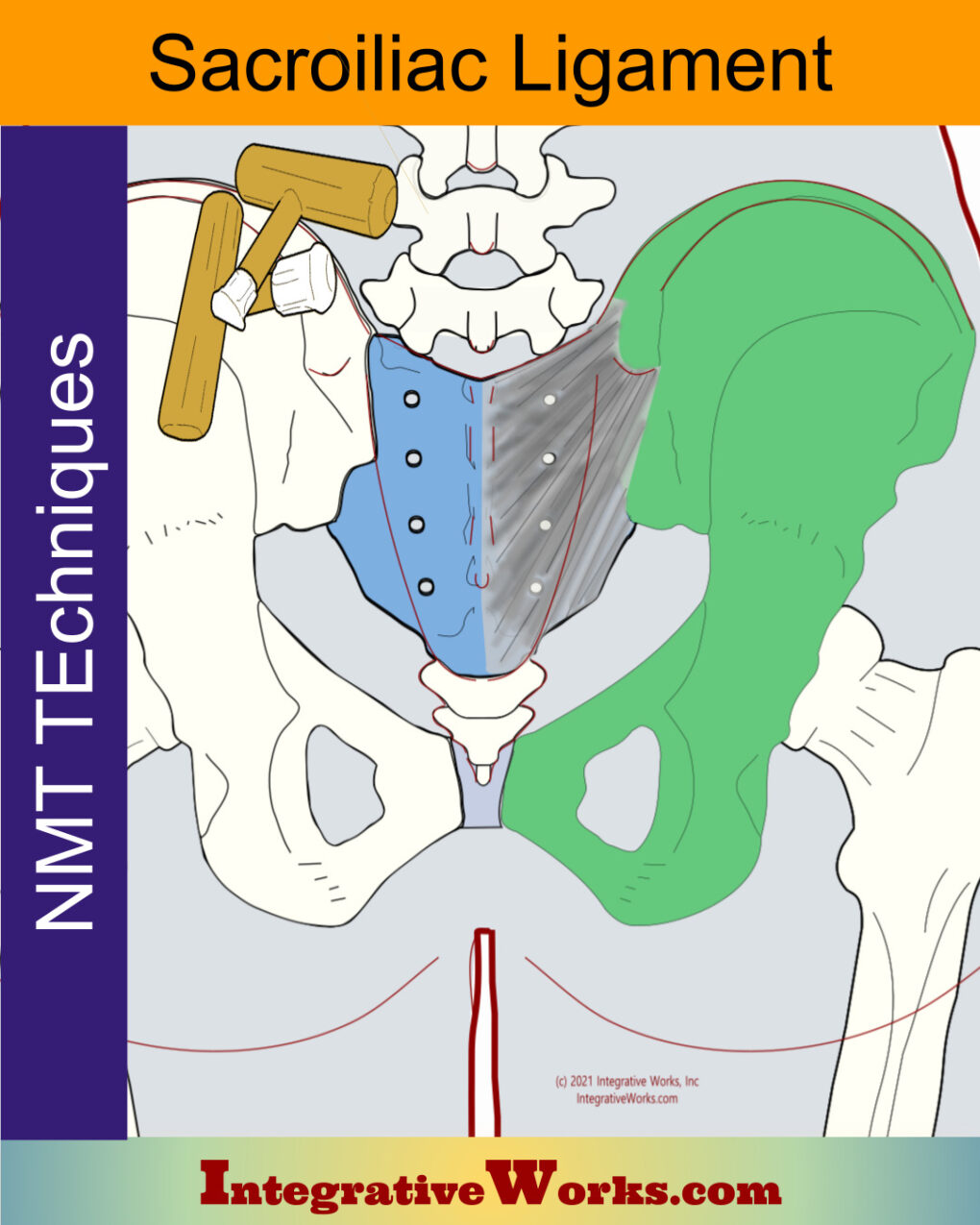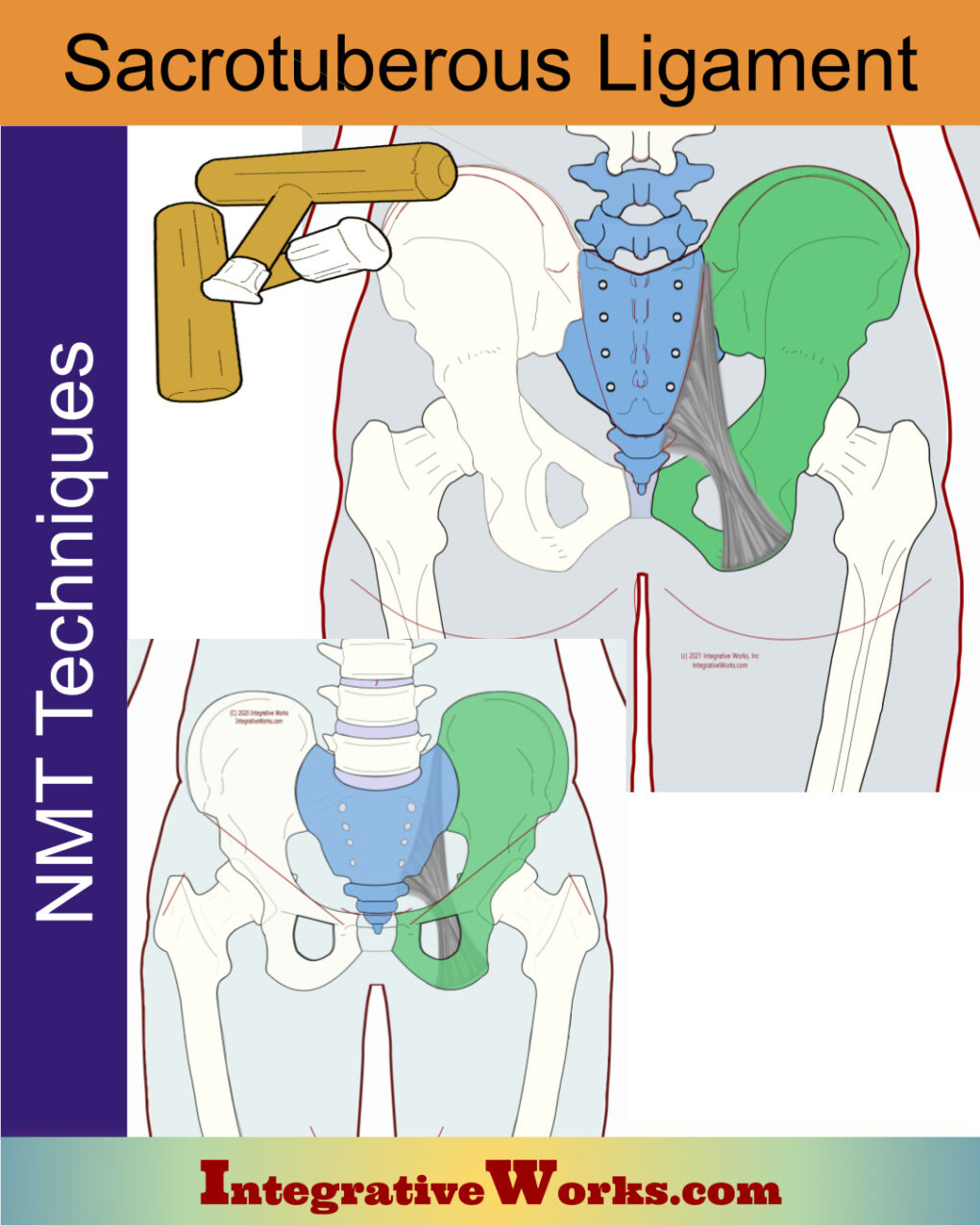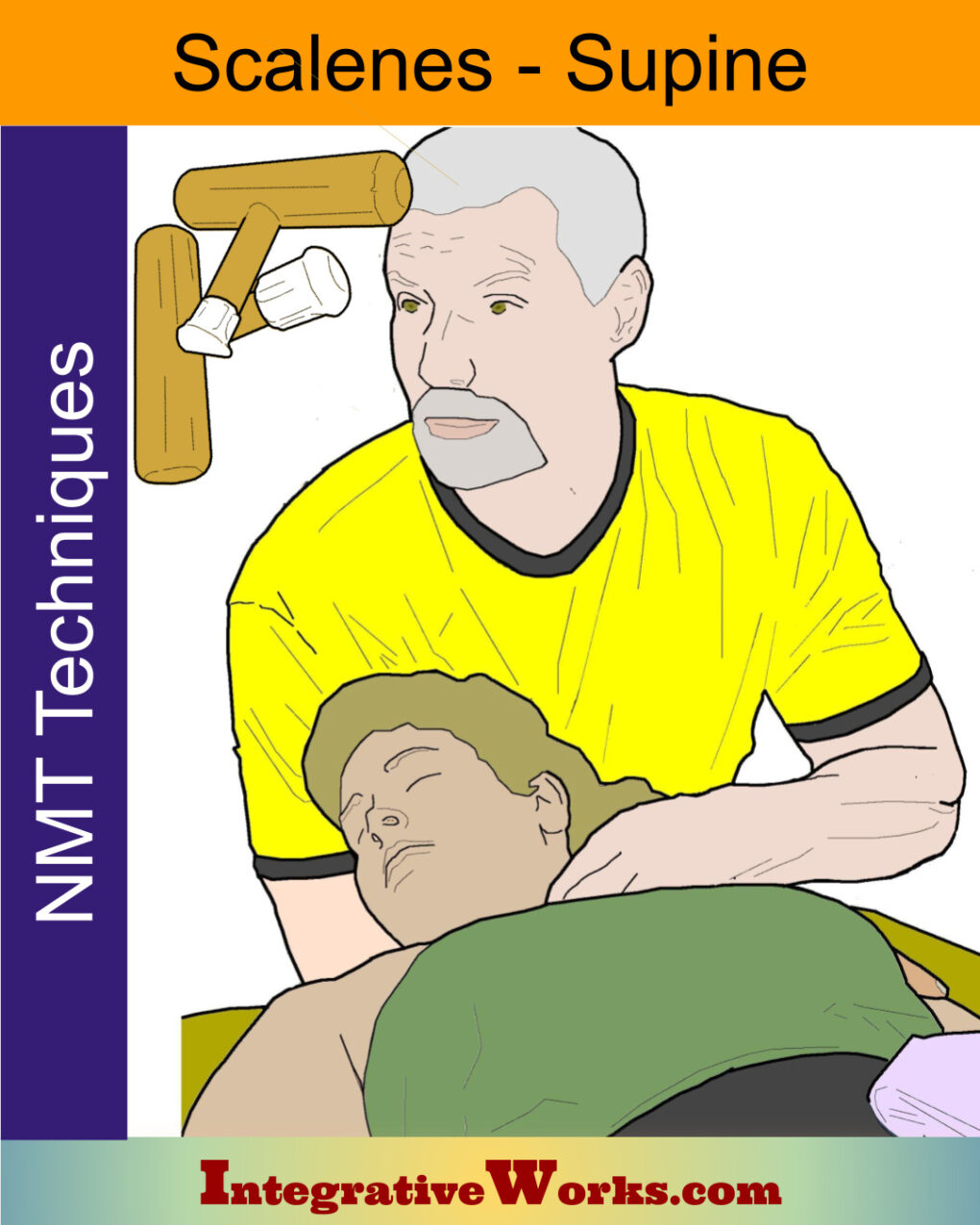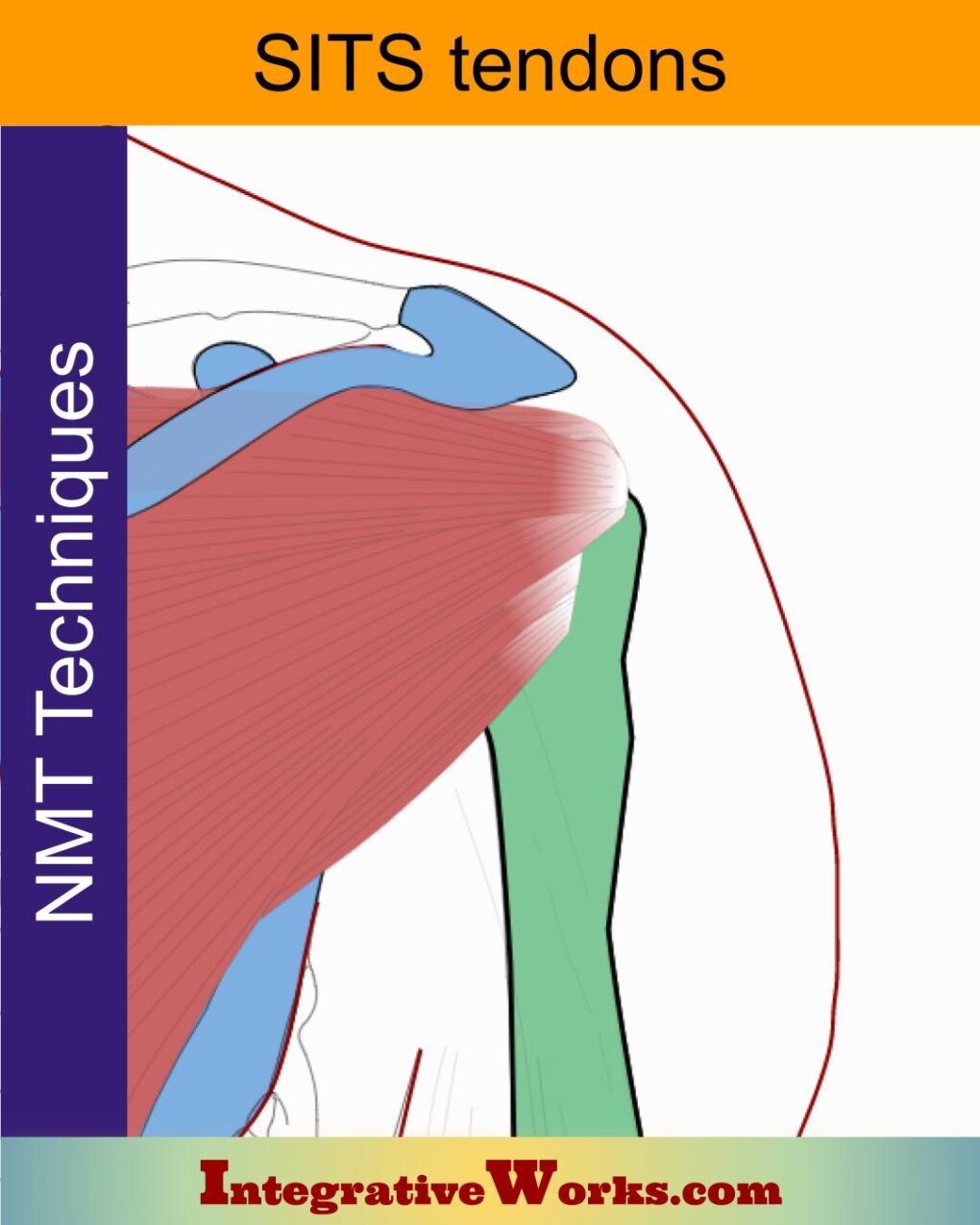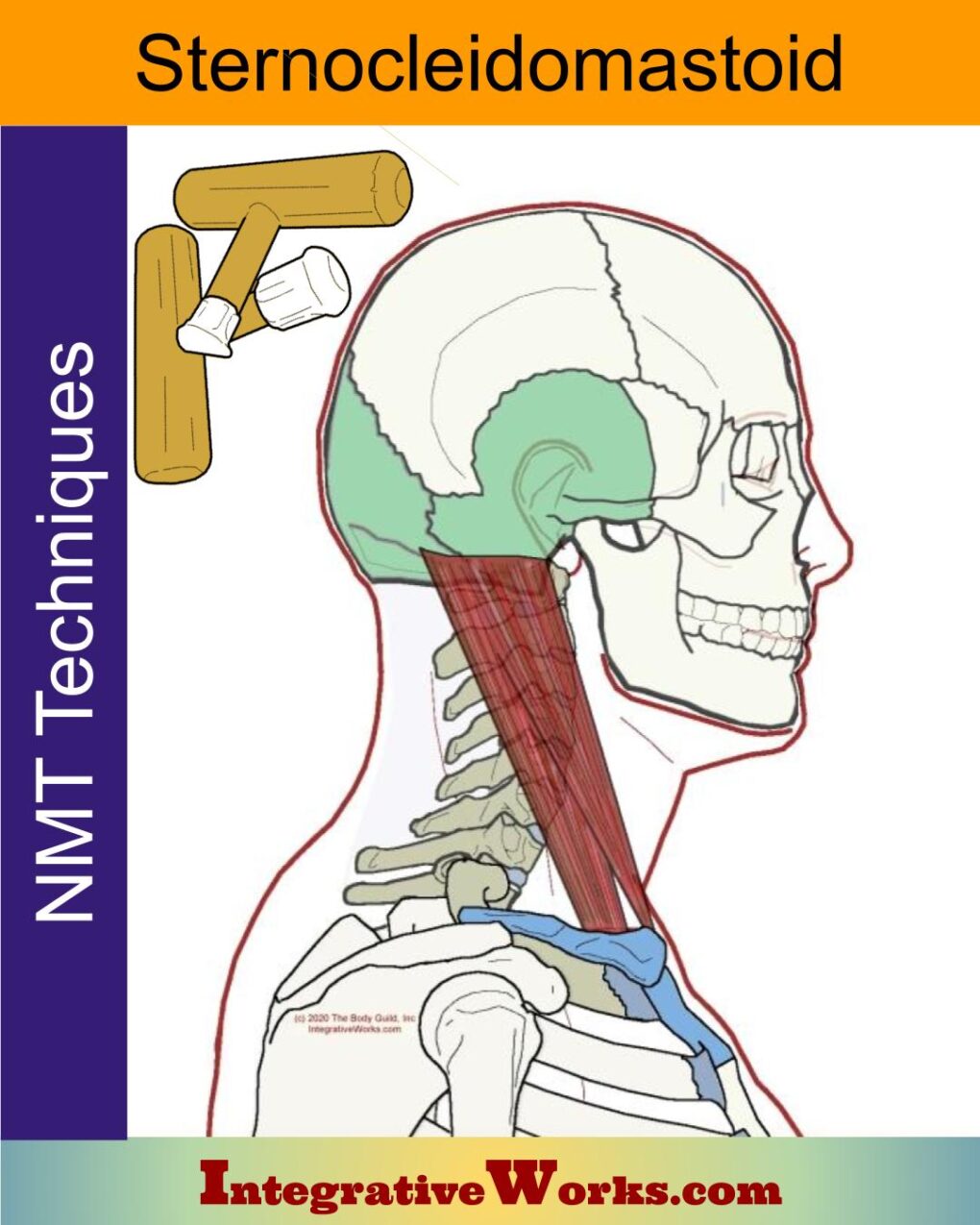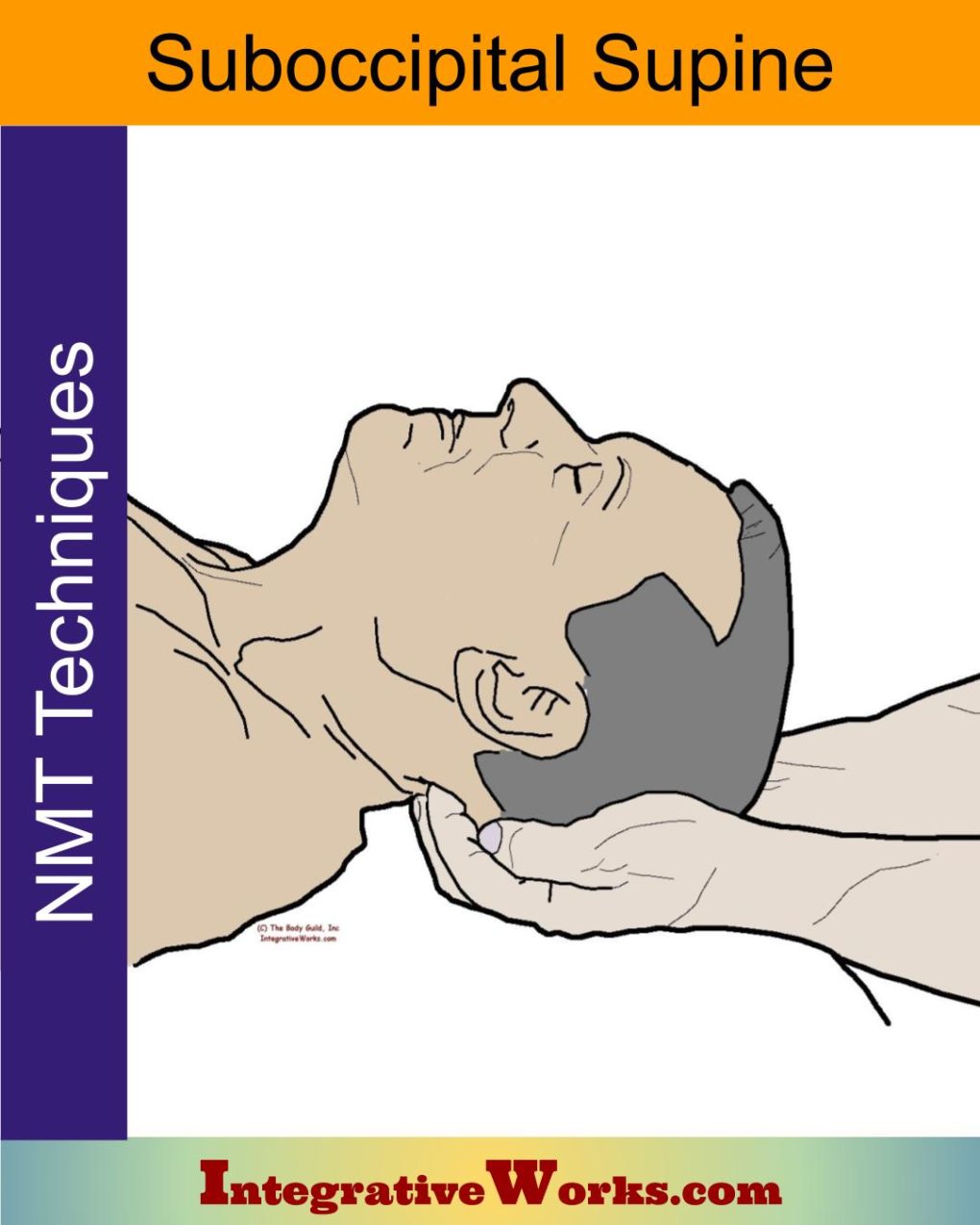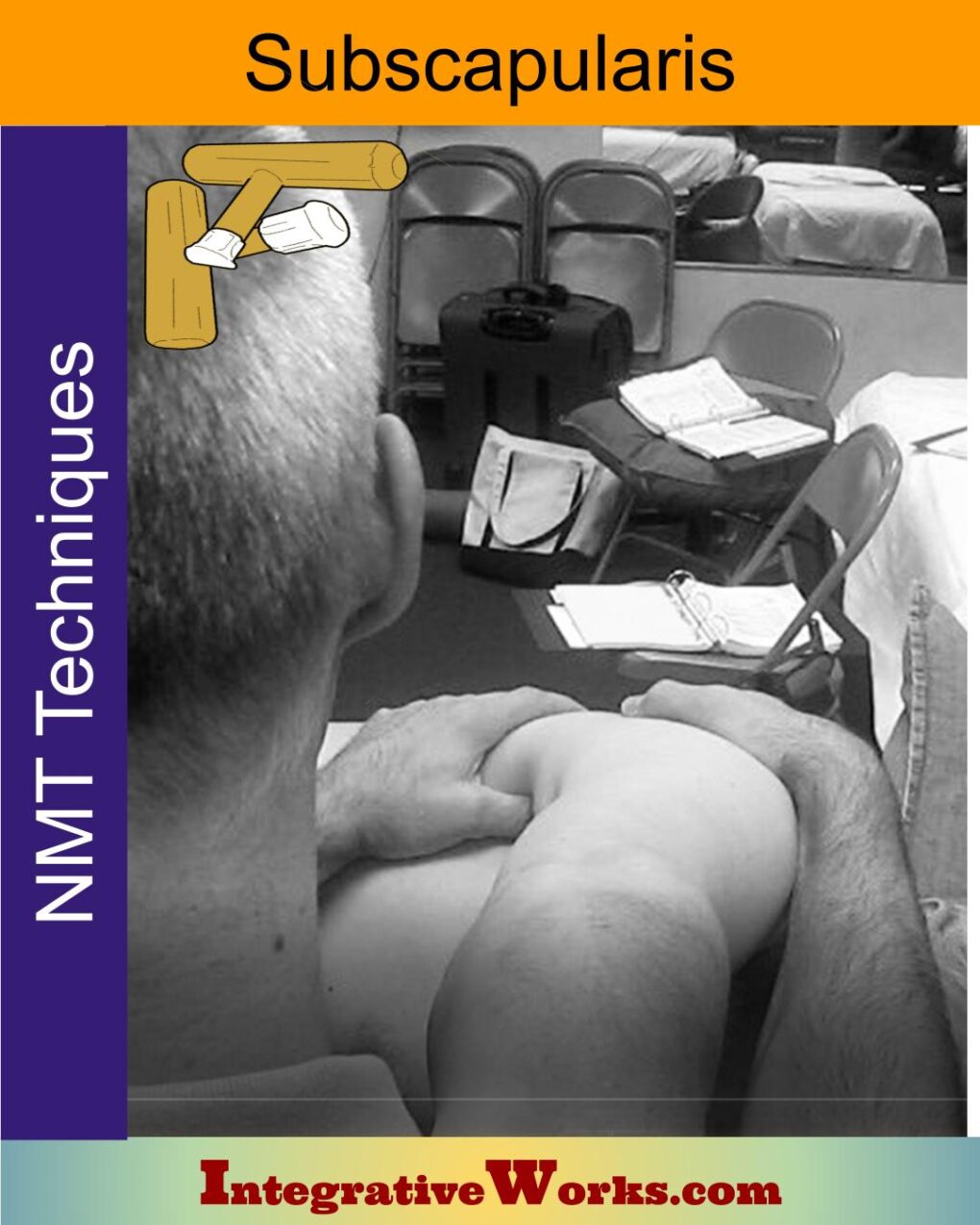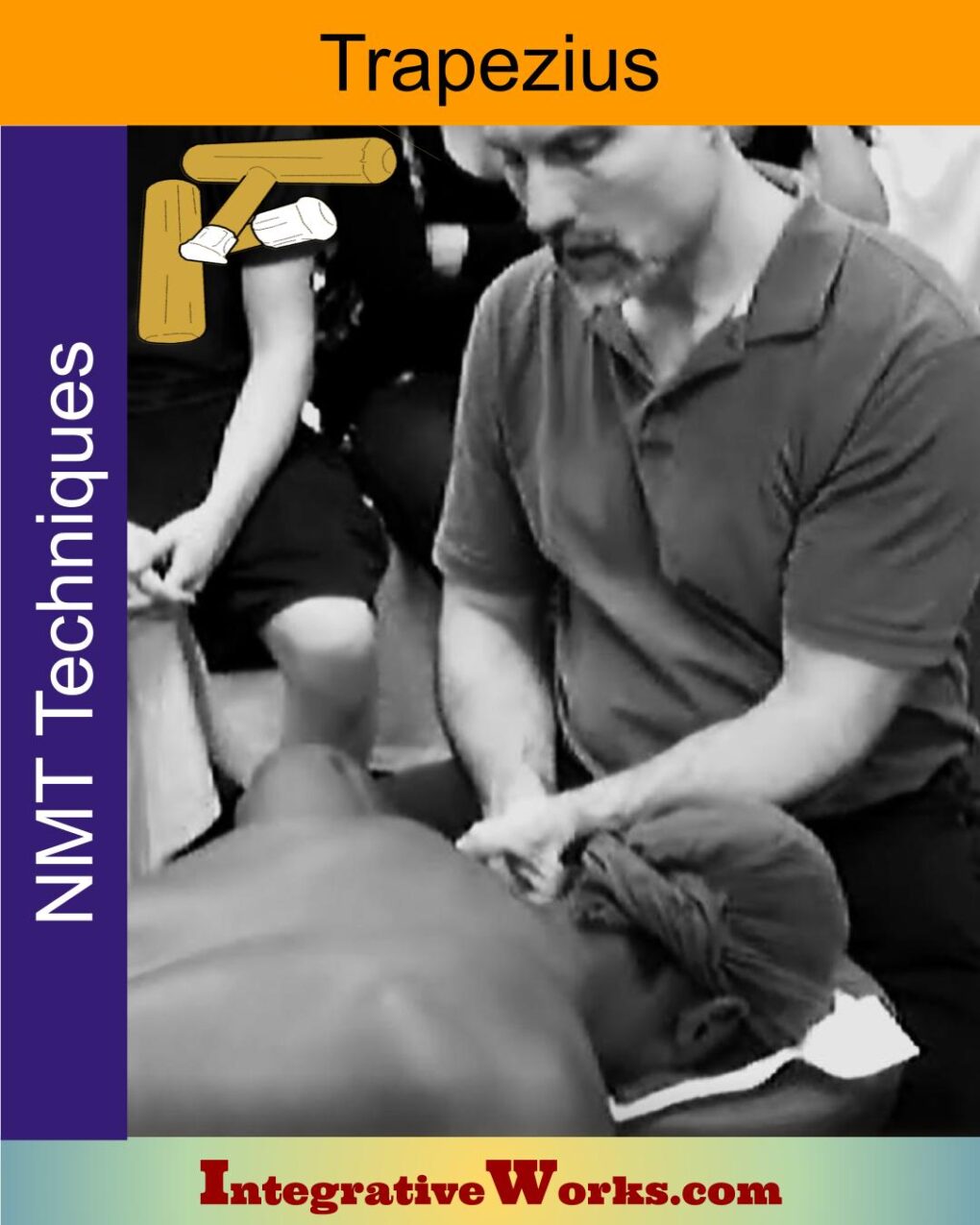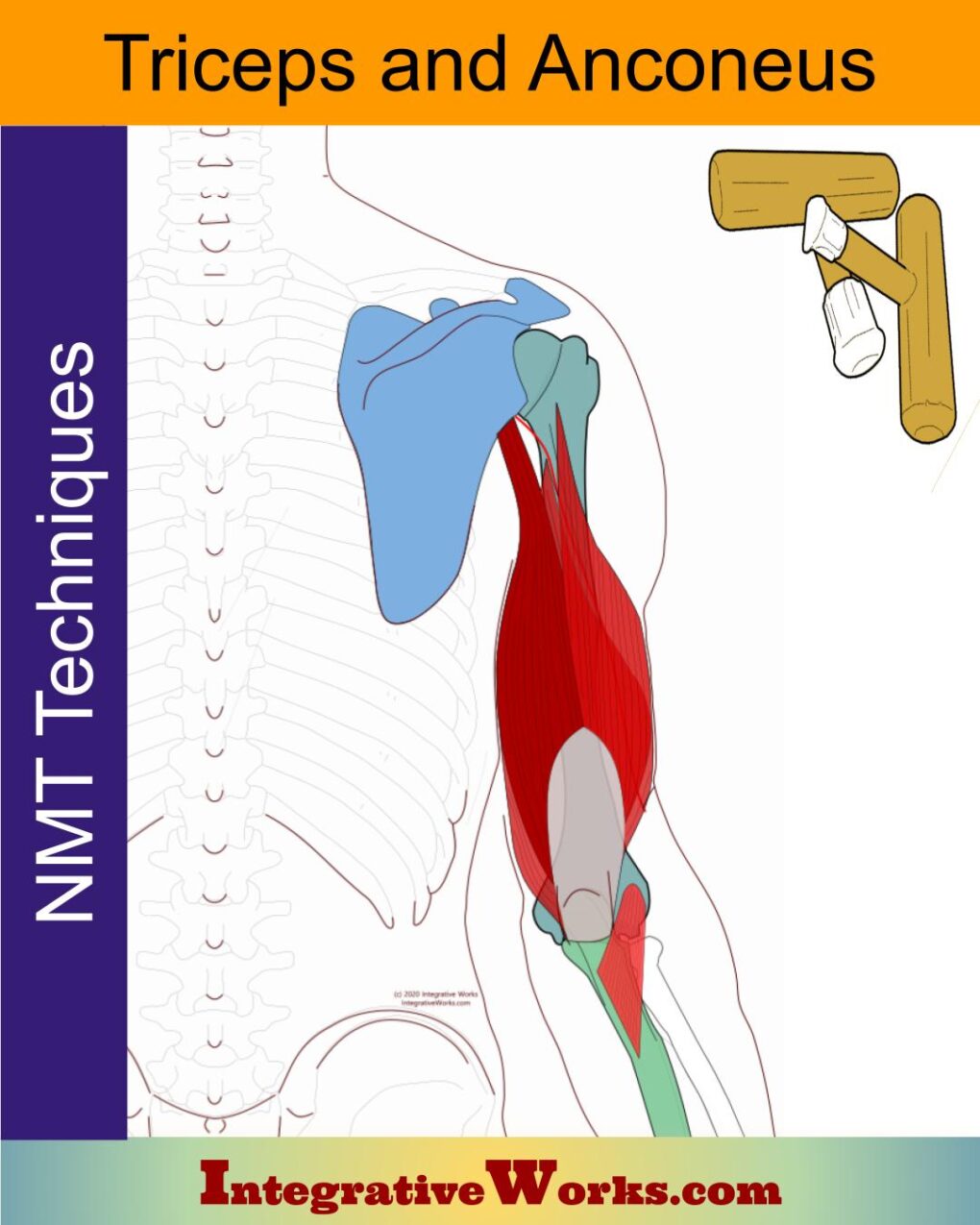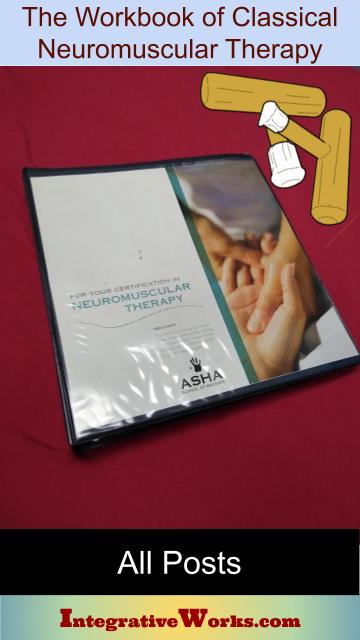The workbook of neuromuscular therapy came out of the need for a more complete neuromuscular manual at a time when bodywork and I were going through big changes. In 1993, I quit my first career to get into bodywork. I was an IT manager living in Switzerland and had a home in north Georgia, near Chattanooga. I had written many manuals on the systems that I had created. Bodywork was also going through a huge change and massage schools were starting to multiply. There were lots of seminars but very few good manuals on technique.
I came to the ASHA School of massage because of its reputation as being the best school for becoming therapeutically excellent and creating successful business people. The owner was a gifted and well-respected therapist who decided to start the massage school. He had created the NMT routines from courses that he had taken and modifications that he had made in his own therapy practice.
His neuromuscular course had very rough documentation. The routines were solid but materials were sketchy. There was no real book. Mostly, the owner just copied some pages out of books for handouts to explain concepts, methodology and the principles behind the therapy. The routines were created on a typewriter with some rough sketches of anatomy and scratchy little symbols.

The class was small. The owner was often late and a little disheveled but wearing a tie and a white clinic vest. He insisted that the tie and clinic vest created credibility. We all sat around clutching our little handout, scribbling notes and listening to the wisdomous words of the owner. He was an encyclopedia of cases where neuromuscular saved the day. It was inspiring and much better than learning NMT in a series of weekend seminars.
I could not learn from the materials, so I started reorganizing the routines and scanning illustrations to go with them. Other students saw that I had better materials and started buying my routines to use to study.
The owner saw this and asked me to help him write a manual.
The next year-and-a-half was intense. We needed material for methodology, indications, contraindications, realistic treatment steps, syndromes, assessment, etc. The owner gave me some manuals from the courses he had attended. Sometimes, I would write a routine from what I had and he would mark it up. Sometimes, he would have a clear idea about what he wanted and would send me a page of tiny scribblings over a routine.

He was overwhelmed and seldom on time with, well, anything. Sometimes he would copy something out of a book and ask me to work it into the manual. I purchased the pile of textbooks. I scoured the writings of Travell, Delaney, Chaitow, and others. I would assemble the collection of notes for treatment. I would pass this off to the owner, who would often get them back to me late. I would work into the night and then and fax them to the school so that they could be taught the next day.
The Owner’s wife was didn’t understand why things went the way that they did and we all had a Come-to-Jesus meeting about getting this done. I moved a boat-load of papers and books with my little computer and hand scanner from my house in the mountains to a clinic room at the school. Students knew me as “that guy in the room.” The project moved along better.
There were some revisions just after the first class but not much after that. We had a young English major as an editor who was helpful but not great. Manuals have pages that people stare at for hours. Every page has to be nearly perfect, or it makes the instructor and the student crazy. We plagiarized some illustrations from other texts. I created original illustrations for trigger point patterns, icons, and some other things. This version of the book was a great tool for students but need a lot of work to be publishable.
We produced a finished manual in the summer of 1995. There was a small ceremony one night to honor all the folks who were involved. The owner and I could not agree on the next step, so he left with the paper copy that he duplicated and put out into ring binders for years. I ended up with a digital copy but no audience. I moved on to writing about and teaching craniosacral. I used neuromuscular assessment every day but lost interest in teaching or writing about it.
cervical-lamina-supineIn 2007, I returned to the school to get transcripts because of some changes in licensing. I remember standing at the front desk as a man walk down the hall toward me and stuck out his hand. As he shook my hand he told me he was the new massage school owner. I smiled and said that I had written is neuromuscular manual. He was surprised and actually didn’t seem like he believed me.
I brought in my clean copy of the manual. Their copy was fuzzy from years of being copied and recopied. No one had an original without notes written in it so students learn from a marked-up copy. I remember watching the new owner stand over the copy and marvel at how great it looked. He had one of those smiles like that you get when you heard that the surgery went well.
The previous owner had a couple of assistants who had eventually become dedicated instructors and knew the manual by heart. They explained that they had tried to find other manuals but nothing else gave them the principles, laws, methodology, and protocols that they needed. It was like some old tattered parchment that was revered for its survival. One instructor was known for telling students that any answer that you needed was in there – if you just looked long enough.
The manual was intended to be a workbook. The teachers seemed unaware of its nature, even though “workbook” was right in the title. They were critical of the Comic Sans font and drab outlined illustrations. It had cartoonish icons and trigger point referral patterns that were intended to be colored. It was presented in a 3 ring binder so that students could add material. Often, a page needed to be replaced because somebody rendered unusable while practicing a protocol. It was warmly regarded like a ragged old dog that faithfully guarded the house.
I had originally written the manual in an old, outdated word processor, using a small 386 PC. I spent a few months resurrecting it. I took off for a week one Christmas and went to Las Vegas to get it done. I would spend a while sitting at the window on the 27th floor, converting it into Word. When I got tired of it, I would go down to the strip for a while until I got tired of that. I made thousands of corrections and printed it so that they could review it. They made hundreds of corrections to the new version and then I made hundreds of corrections that I found while I was updating it a second time. Manuals are so tedious.
I taught anatomy, neuromuscular and craniosacral there for a few years. I started a project to create a new manual but the owner had his sights on a doctor to put her name on my work, so I left ASHA. They came out with the revised manual a few years after I left. They went out of business shortly afterward.
The manual was used to train thousands of therapists over 16 years or so. It still lives on my hard drive, or the cloud. I’m starting to post those protocols out as I blog about the associated trigger points. The routines are dated and I’m adding some pointers to help the protocols go easier and be more successful. The clinic notes are not well organized and full of copyright infringements, so I’m not putting those on-line. I will put information from them in the clinic notes section of each muscle.
Related Posts
Adductor Pubic Attachments – Neuromuscular Massage Protocol
Anterior Cervical – Deep – Neuromuscular Massage Protocol
Anterior Cervical – Superficial – Neuromuscular Massage Protocol
Anterior Thorax (Chest) – Side Arm – Neuromuscular Massage Protocol
Anterior Thorax Supine – Neuromuscular Massage Protocol
Biceps Brachii – Neuromuscular Protocol
Brachialis & Coracobrachialis – Neuromuscular Protocol
Cervical Lamina Supine – Neuromuscular Massage Protocol
Cervical Splenii Supine – Neuromuscular Massage Protocol
Deltoid – Neuromuscular Protocol
Erector Spinae – Neuromuscular Massage Protocol
Gluteals – Neuromuscular Massage Protocol
Iliolumbar ligament – Neuromuscular Massage Protocol
Iliopsoas & Psoas Minor- Neuromuscular Massage
Lamina Groove – Neuromuscular Massage Protocol
Lateral Low Leg – Neuromuscular Protocol
Latissimus Dorsi, Teres Major and Teres Minor – Neuromuscular Massage Protocol
Levator Scapula – Neuromuscular Massage Protocol
Masseter – External – Neuromuscular Massage Protocol
Masseter – Internal – Neuromuscular Massage Protocol
Neuromuscular Protocol – Adductors / Medial Thigh
Neuromuscular Protocol – Iliotibial Band
Neuromuscular Protocol – Posterior Knee
Neuromuscular Protocol – Posterior Low Leg
Neuromuscular Protocol – Quadriceps
NMT Protocol – Hamstrings
Occipitalis – Neuromuscular Massage Protocol
Piriformis & Deep Hip Rotators – Neuromuscular Massage Protocol
Posterior Scapula – Neuromuscular Massage Protocol
Quadratus Lumborum and Serratus Posterior Inferior – Neuromuscular Massage Protocol
Rectus Abdominus – Neuromuscular Massage Protocol
Rhomboids & Serratus Posterior Superior – Neuromuscular Massage Protocol
Sacroiliac ligament – Neuromuscular Massage Protocol
Sacrotuberous ligament – Neuromuscular Massage Protocol
Scalenes Supine – Neuromuscular Massage Protocol
SITS Tendons – Neuromuscular Massage Protocol
Sternocleidomastoid – Neuromuscular Massage Protocol
Sub-Occipitals Supine – Neuromuscular Massage Protocol
Subscapularis – Neuromuscular Massage Protocol
Tensor Fascia Lata – Neuromuscular Massage Protocol
Trapezius – Neuromuscular Massage Protocol
Triceps & Anconeus – Neuromuscular Protocol
Support Integrative Works to
stay independent
and produce great content.
You can subscribe to our community on Patreon. You will get links to free content and access to exclusive content not seen on this site. In addition, we will be posting anatomy illustrations, treatment notes, and sections from our manuals not found on this site. Thank you so much for being so supportive.
Tony Preston has a practice in Atlanta, Georgia, where he sees clients. He has written materials and instructed classes since the mid-90s. This includes anatomy, trigger points, cranial, and neuromuscular.
Question? Comment? Typo?
integrativeworks@gmail.com
Follow us on Instagram

*This site is undergoing significant changes. We are reformatting and expanding the posts to make them easier to read. The result will also be more accessible and include more patterns with better self-care. Meanwhile, there may be formatting, content presentation, and readability inconsistencies. Until we get older posts updated, please excuse our mess.


